Beer, whiskey and sake are popular alcoholic beverages in Japan, and visiting their breweries and distilleries can not only be educational, but also provide some cultural insights. Beer is the most popular alcoholic beverage in the world, including in Japan, while sake is one of Japan’s most exported alcoholic beverage.
Starting from Nagoya’s Chubu Centrair International Airport, I went sightseeing and visited some craft beer and sake breweries in the cities of Nagoya, Gujo Hachiman and Ise. I found the trip to be rewarding as I visited some small, local places and also had the opportunity to interact with the locals, who knew their craft like the back of their hand.
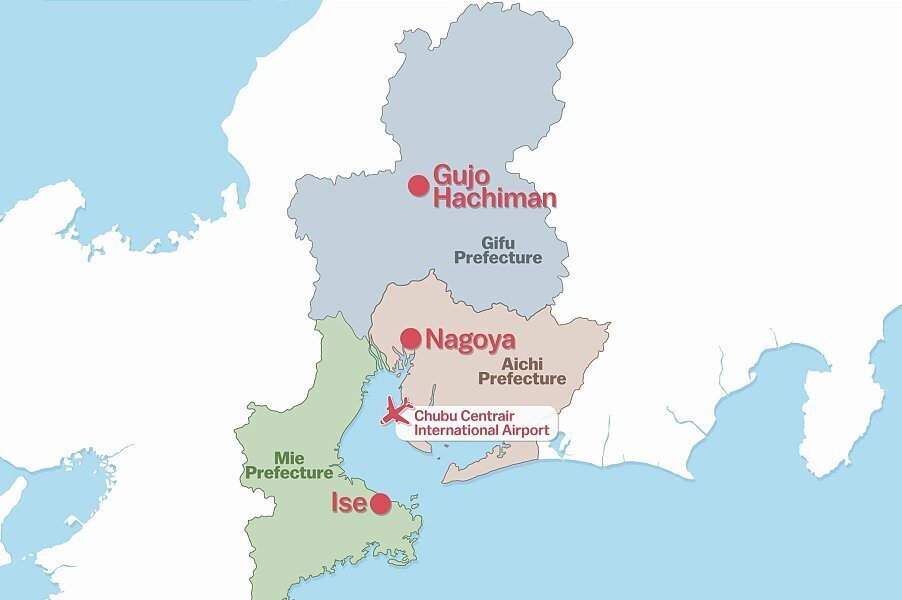
Nagoya
Nagoya is one of the most populous cities in Japan, and only 30 minutes by train from Chubu Centrair International Airport. The city is known for its local specialties like unagi, chicken wings, miso katsu and cochin chicken. There is no lack of eateries in central Nagoya, and the two main shopping and dining areas are around Nagoya Station and Sakae, the city’s lively downtown core. I visited two craft beer breweries, one in central Nagoya and the other in the neighboring city of Handa.
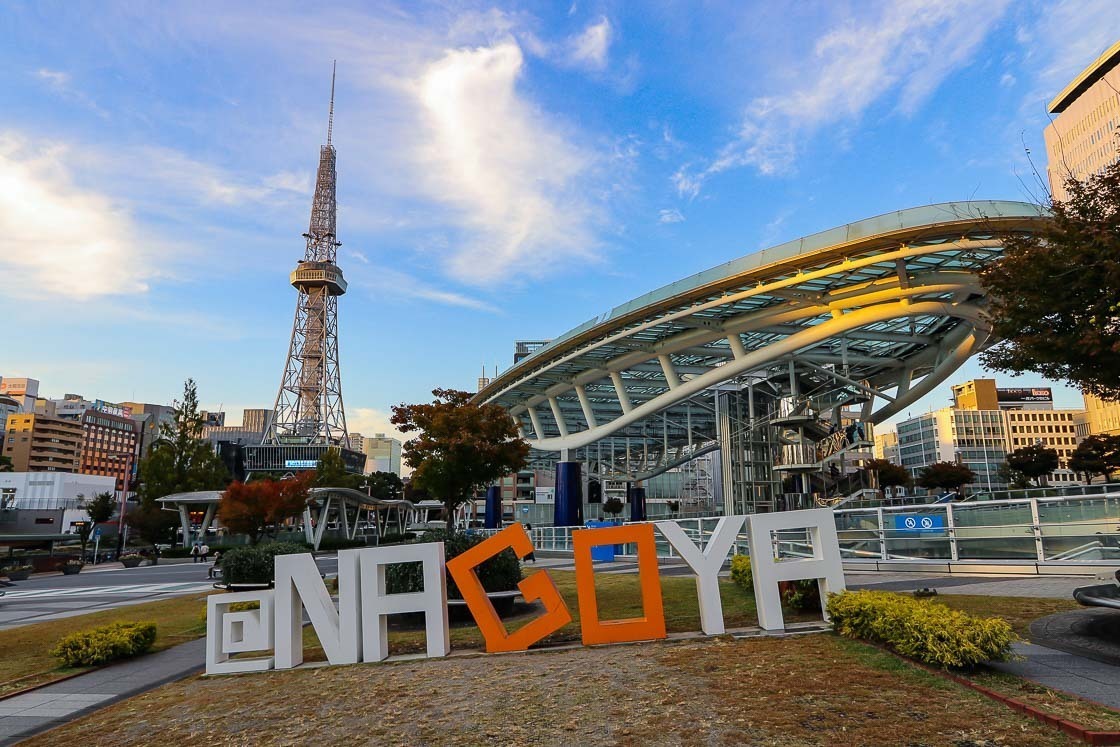
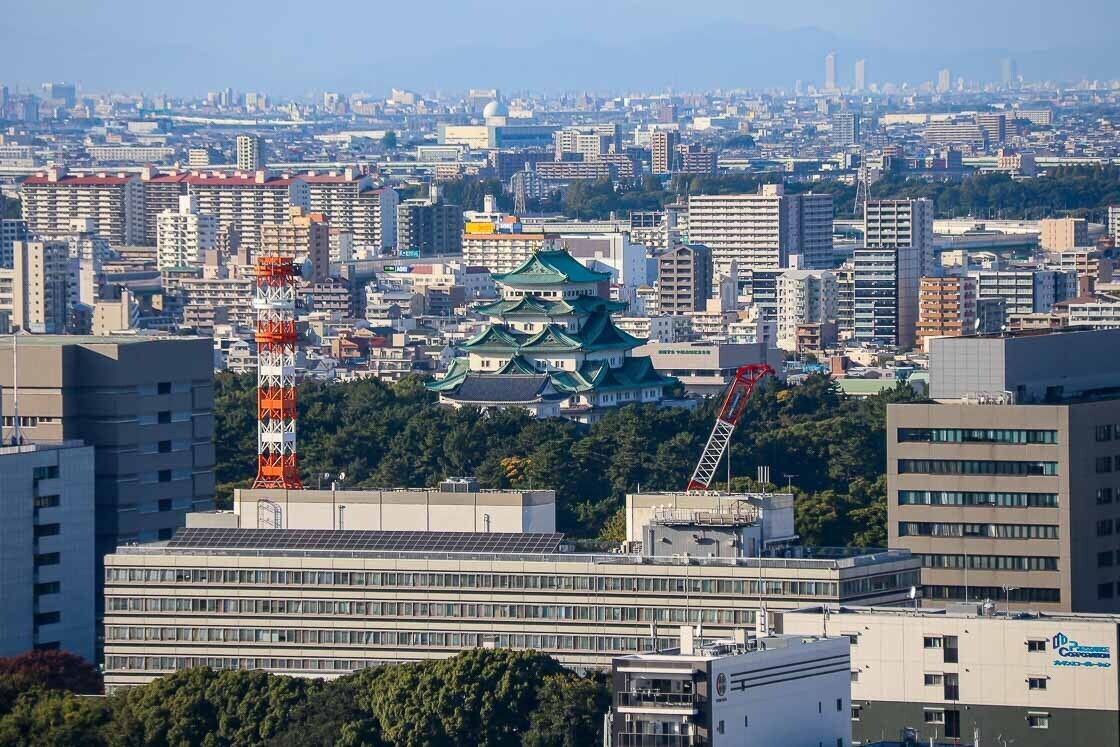
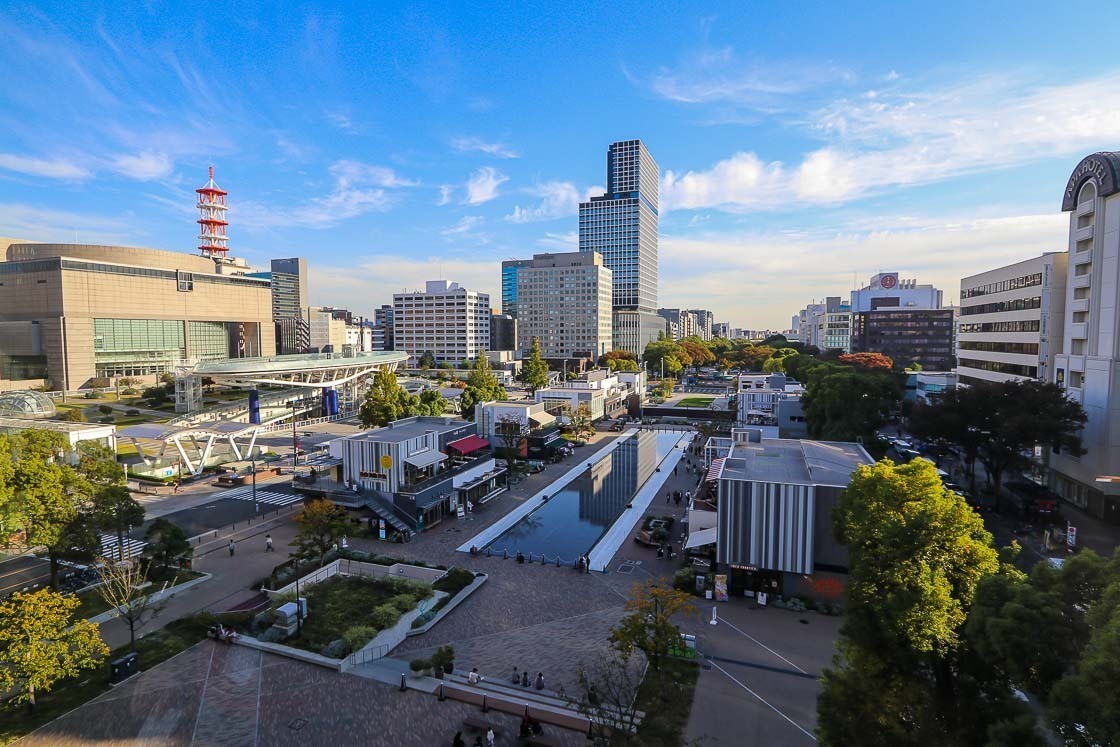
Handa Red Brick Building and Kabuto Beer
The late 19th century was when the Japanese beer industry started to develop, and when the country’s four major beverage companies we know today were established – Sapporo Breweries in Sapporo, the oldest Japanese beer brewery established in 1876, Kirin Holdings Company in Yokohama founded in 1885, Asahi Beer Holdings and Suntory in Osaka, which were started in 1889 and 1899 respectively.
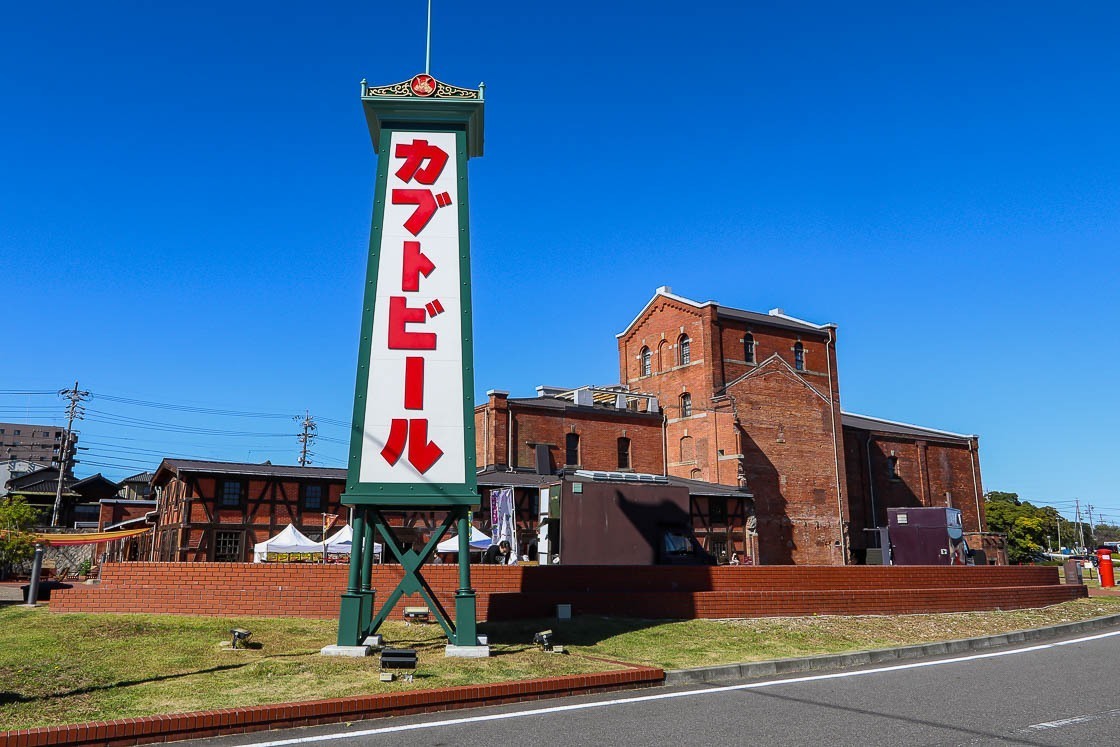
Coming up against these four giants was the modestly sized Marusan Brewing Company. The company commissioned the Handa Red Brick Building in Handa, Aichi Prefecture, which was completed in 1898 and outfitted with the then cutting edge beer brewing technology. Brewmasters from Germany were invited to impart their knowledge, and this was the humble beginnings of Kabuto Beer. A bit of trivia: the Handa Red Brick building was designed by the same architect who also did the Yokohama Red Brick Warehouses and the ornamental designs of the Nihonbashi Bridge in Tokyo.
The Handa Red Brick Building today contains a museum, which has displays telling the history of Kabuto Beer, a museum and gift shop, and a restaurant to drink the brew, which is reproduced using the original recipes. I visited the museum first, and learned from the informative displays that the grounds of the brewery were much larger than what remains now, and also that Kabuto Beer at its peak was the best selling beer in all of central Japan. The popular beer even won a gold award in the 1900 Paris Expo, which was an impressive achievement! However, the brand did not survive the trials of the 20th century and disappeared from the public eye by 1945.
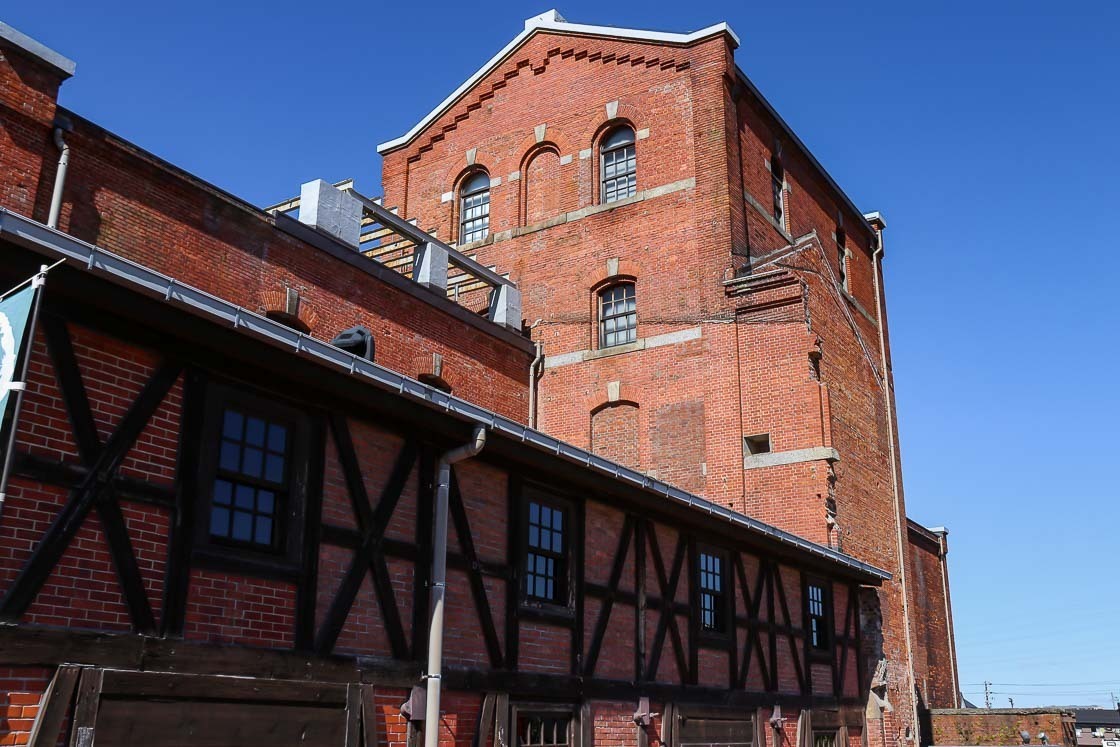
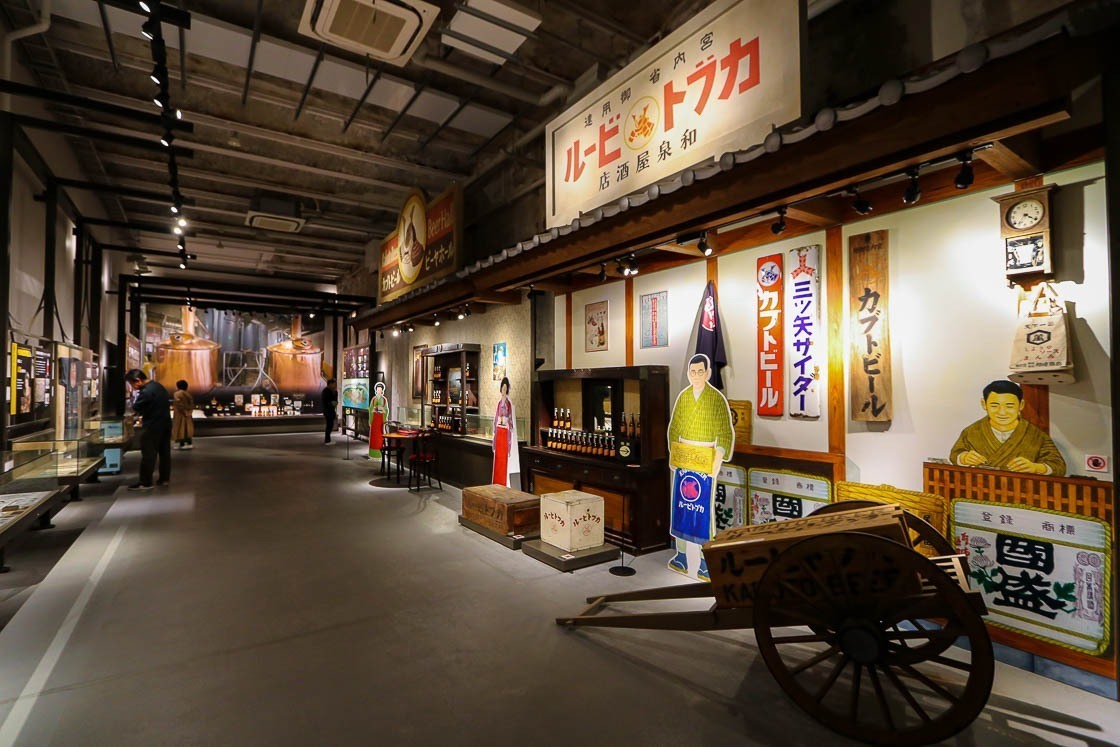
After the museum, I visited the restaurant to drink some Kabuto Beer. Modern brewmasters have succeeded in reproducing the old Kabuto beer recipes and today, there are two types of Kabuto Beer, named after the periods they were originally made in, available on tap. Diners usually go for the sampler set, which contains one of each beer, and that was the one I went for as well. Between the two beers, I preferred the Meiji Kabuto Beer, which is the older recipe of the two, over the Taisho Kabuto Beer.
The Handa Red Brick Building is an easy half day trip out of central Nagoya, and is a nice historical building to visit outside of the city.
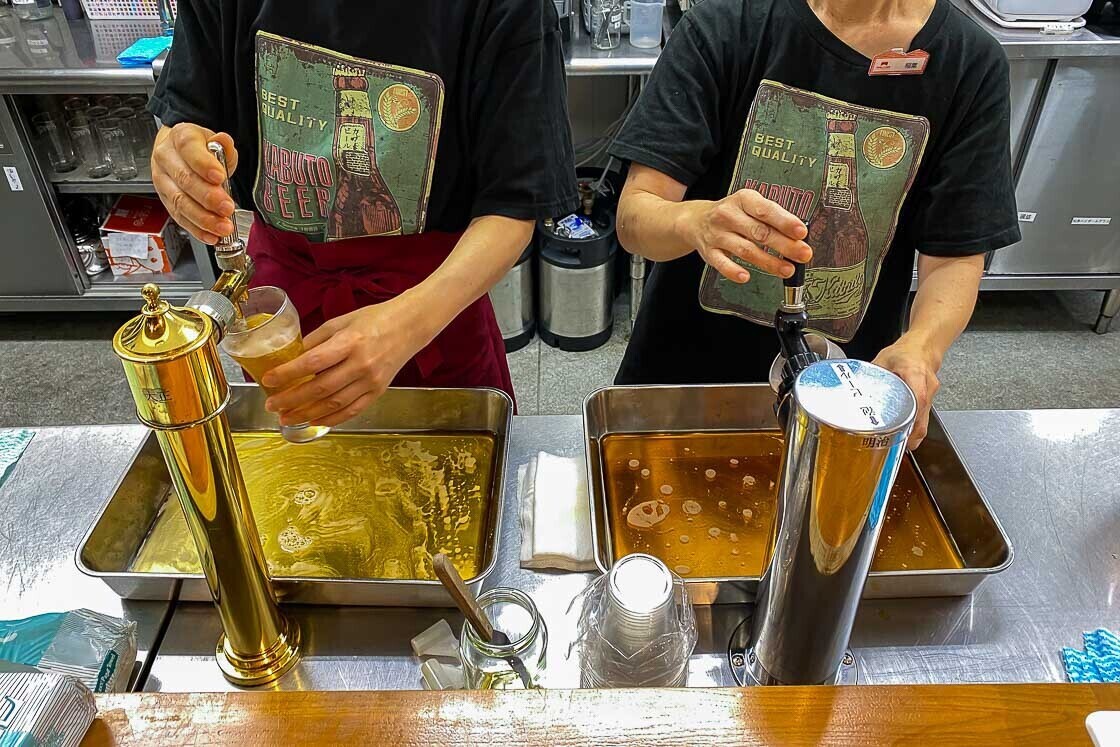
Y.Market Brewing beer
Craft beer in Japan started to gain popularity in 1994 when the minimum quantity of beer brewed annually for a beer manufacturing license was reduced to 60 kiloliters. This reduction made it possible for small breweries to get licenses and resulted in the rise of craft breweries.
Despite the relaxation in regulations about 30 years ago, the popularity of craft beer really only took off in the 2010s when beer breweries focused on improving quality and flavor. Today, there are over 700 craft beer breweries in Japan. Y.Market Brewing is Nagoya’s first craft beer brewery, which opened in 2014. The respectable company operates two breweries, one in the city center and the other in the fringe of the city, which I visited.
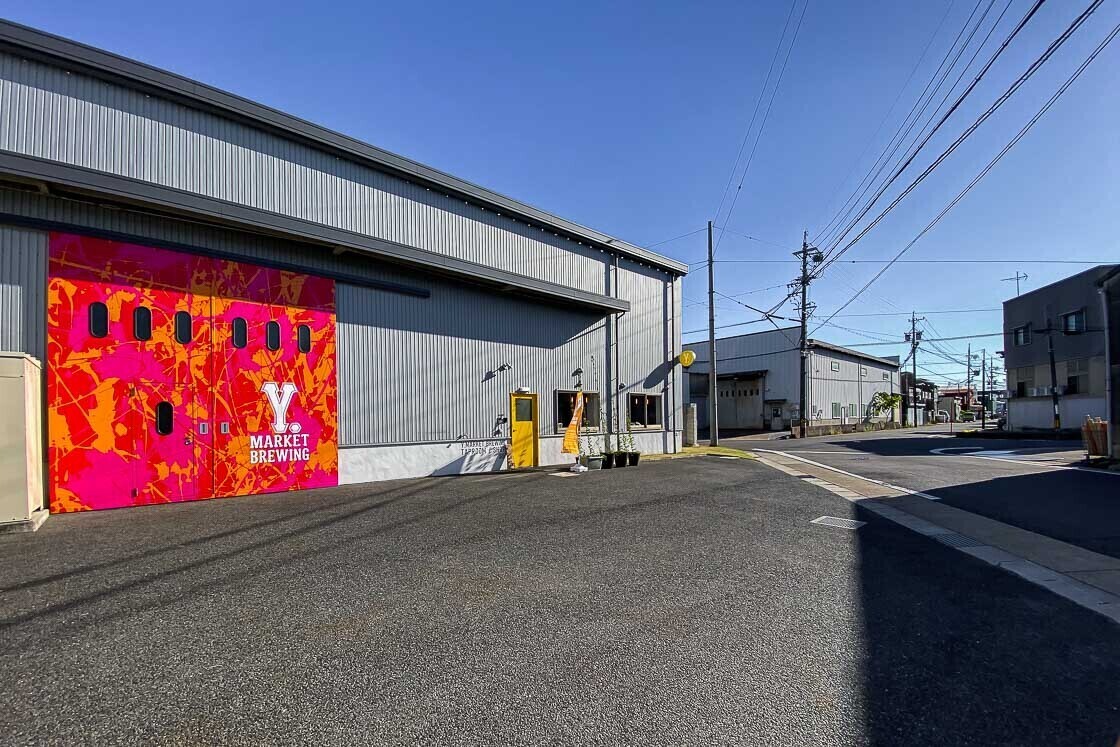
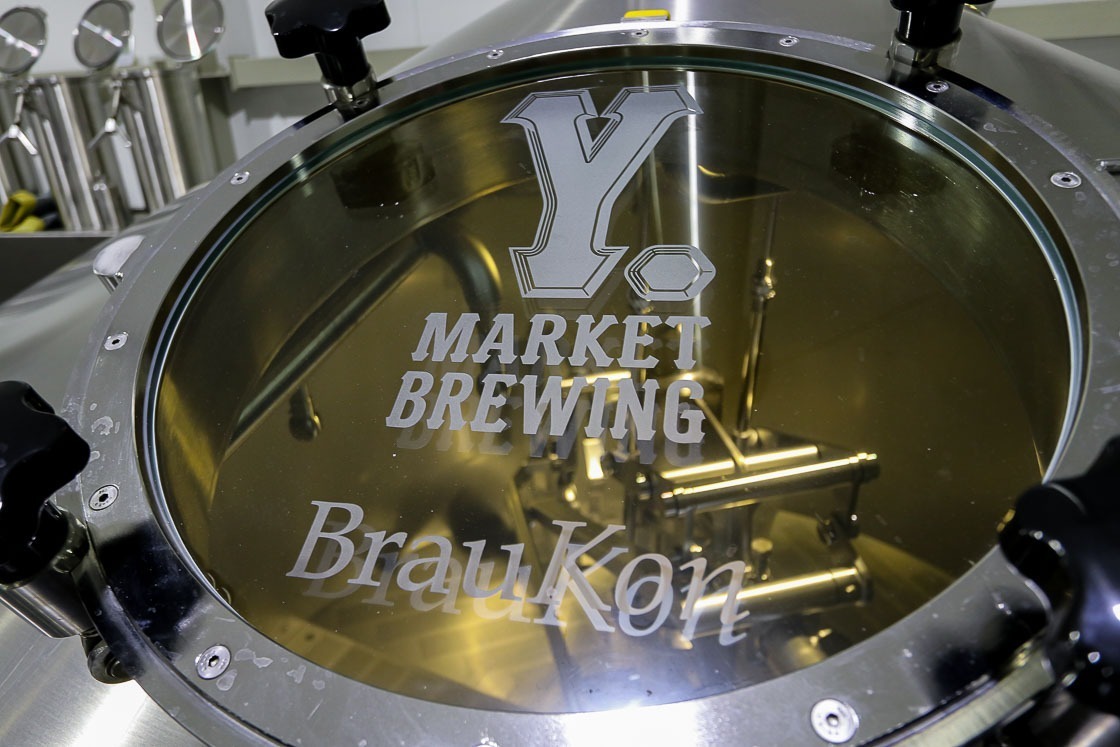
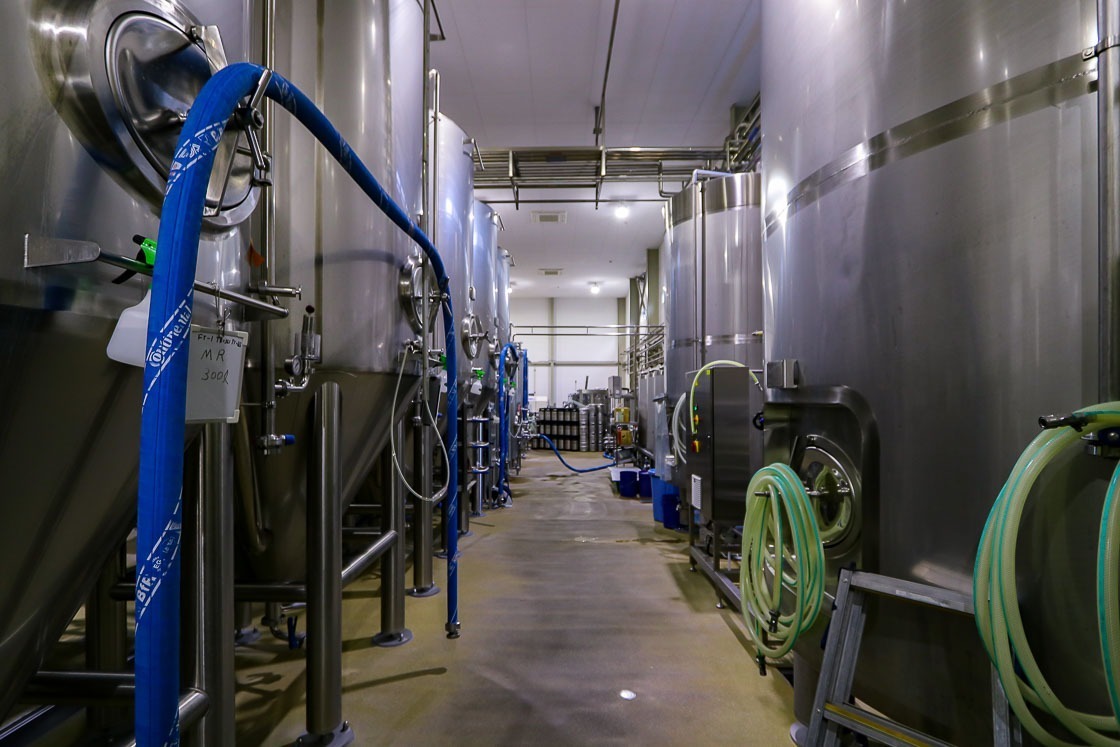
Located in a light factory industry area just outside of the downtown Nagoya, the Nagoyanishi brewery is the bigger of the two breweries. It has an attached taproom that has an ever-changing list of eight beers on tap. While the brewery in the city is certainly easier to access, the industrial atmosphere at the Nagoyanishi taproom gives a “those who know, know” type of vibe. In other words, a local’s secret watering hole.
I joined a local at the counter and ordered a few beers. As we chatted with the brew master on duty, I learned that Y.Market prides itself in filling their can beers to the brim to ensure that as little air as possible remains in the can, which might cause the beer to oxidize faster than it should. As such, it is virtually impossible to open a can of Y.Market Brewing beer without spillage when the tab is pulled. That’s devotion to the freshness and quality of beer!
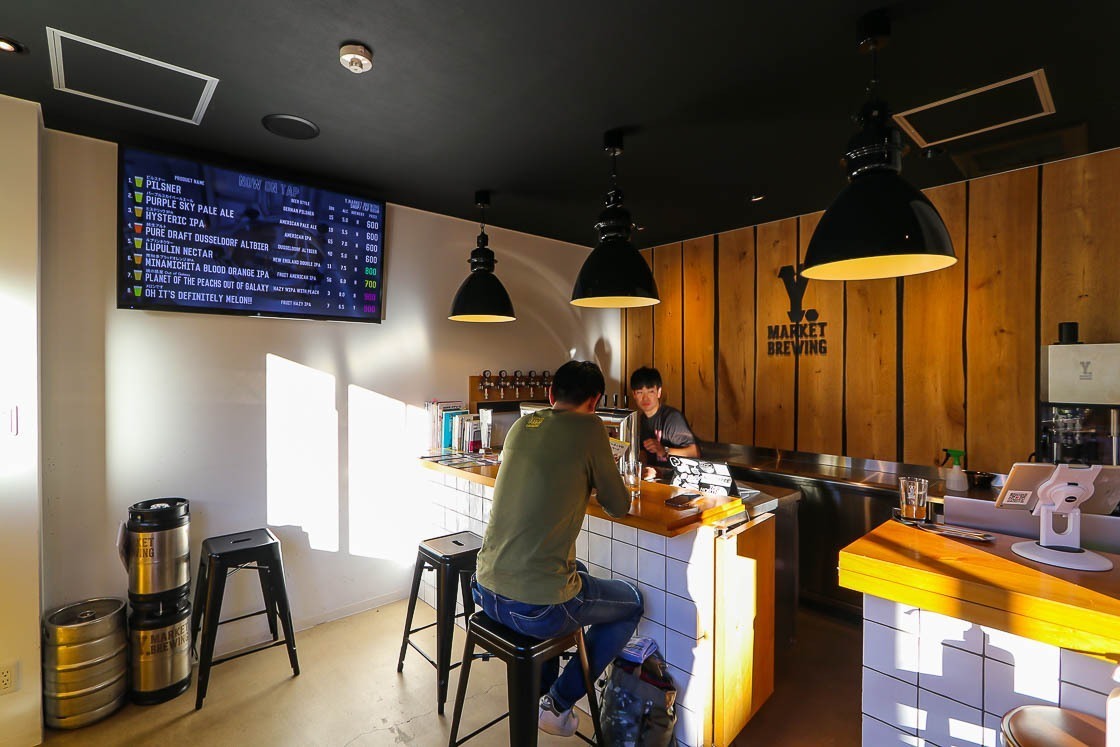
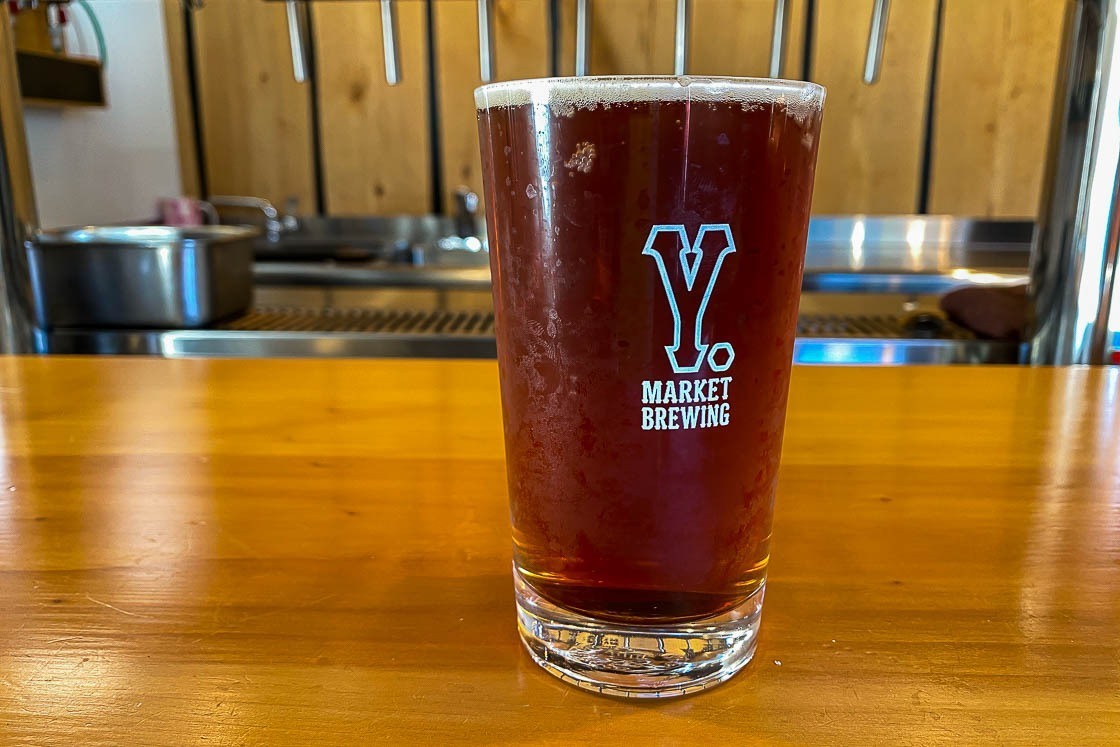
Over the decade that Y.Market has been in business, the company has produced over 300 types of beer. They currently have a line up of about four standard beers, while the rest are seasonal. There’s always going to be something new to try each time you visit their breweries or one of the five restaurants they operate in Nagoya and Gifu cities.
From the Nagoyanishi taproom, I headed back to downtown Nagoya and made my way to Sakae, the heartbeat of Nagoya. The area around the Nagoya TV Tower, its iconic tower and landmark, is nice for relaxing and going for an evening stroll to enjoy the night views. In a nice coincidence, there were two Y.Market Brewing restaurants located nearby, and I went to the Craftbeer Keg Nagoya, a craft beer specialty restaurant, with beer from all over Japan including ones from Y.Market Brewing.
As I had already tried Y.Market Brewing beer at their taproom, I went for craft beers from other parts of Japan instead. Unlike the taproom, which only had beer, this restaurant had a nice selection of dishes, many of which paired well with beer. Those who want to try Japanese craft beer should definitely put Y.Market Brewing on your list of places to visit.
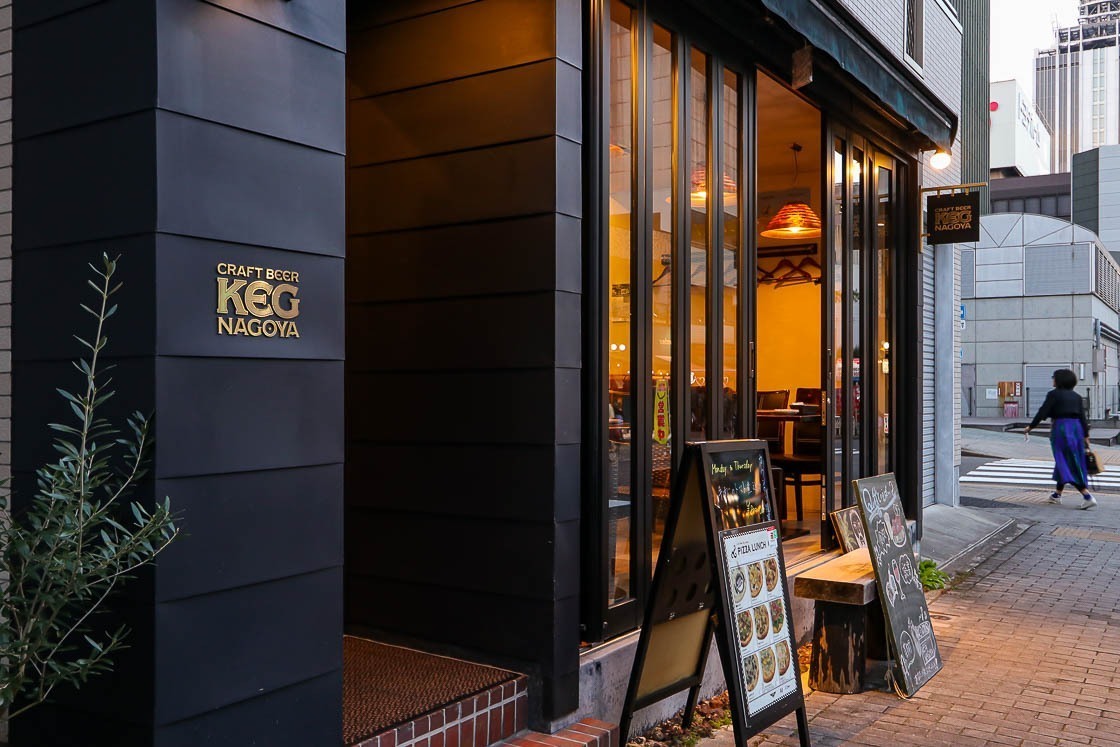
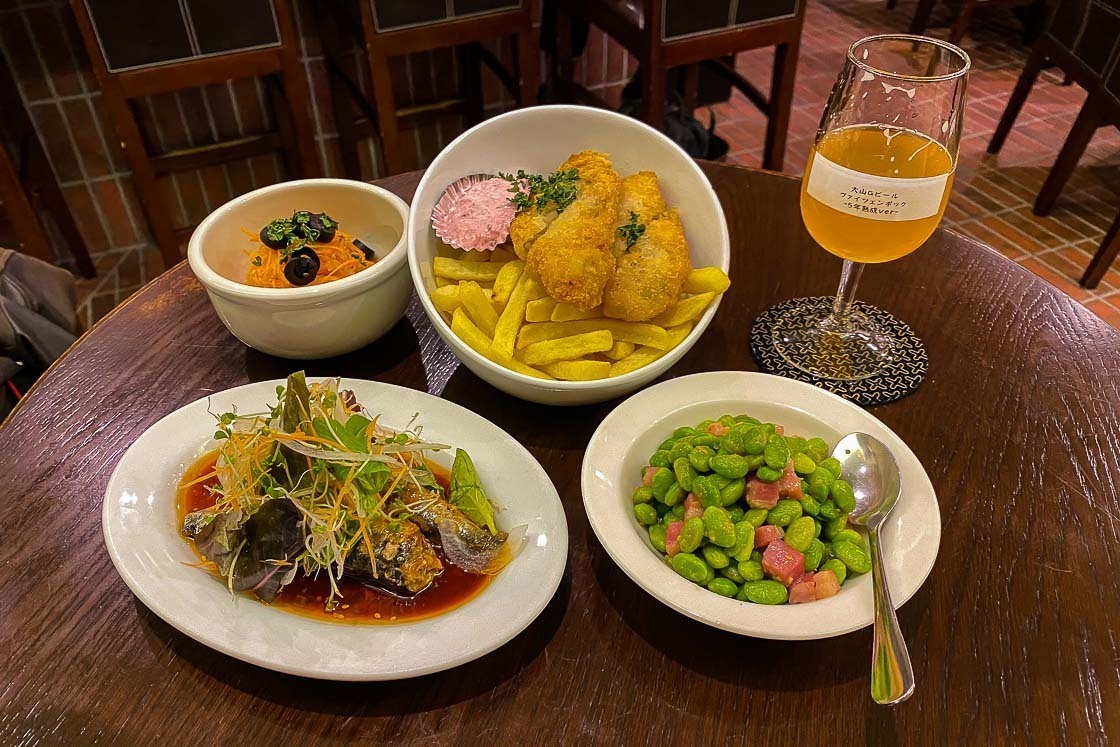
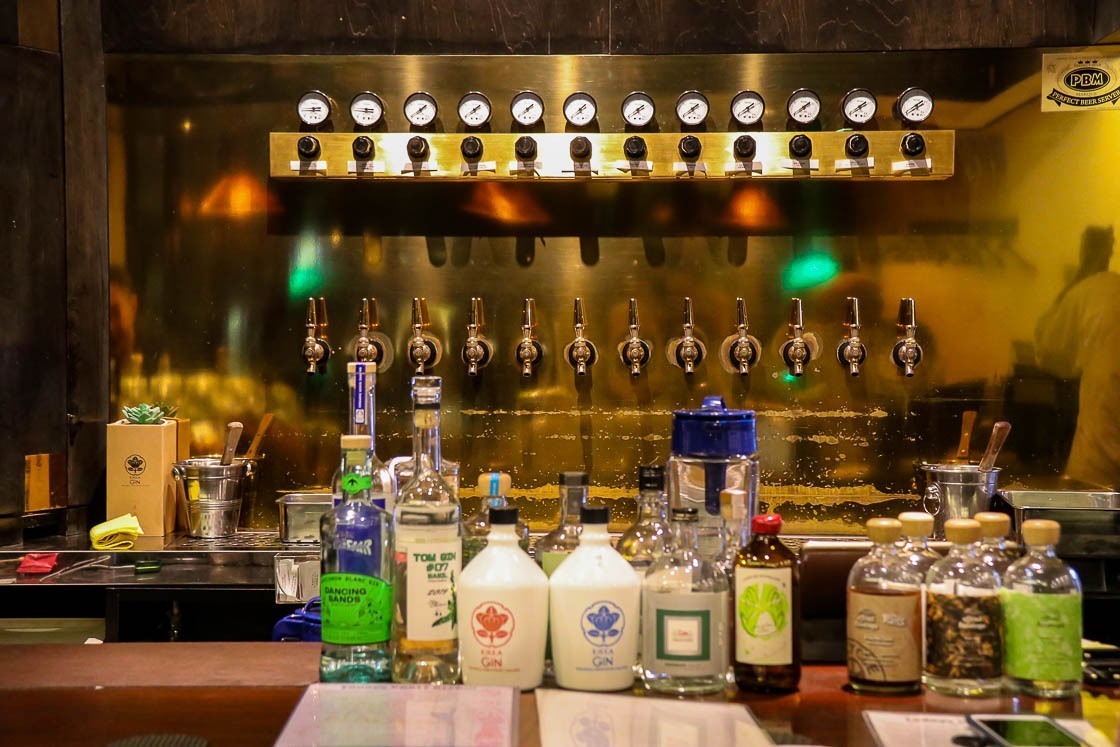
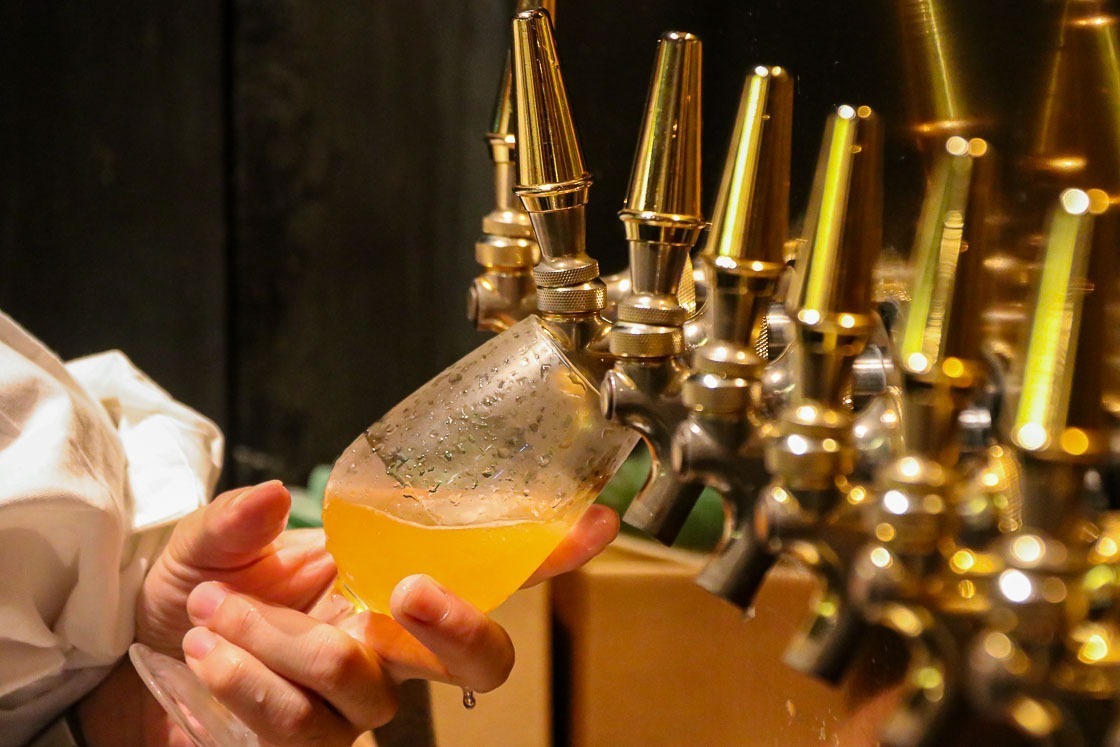
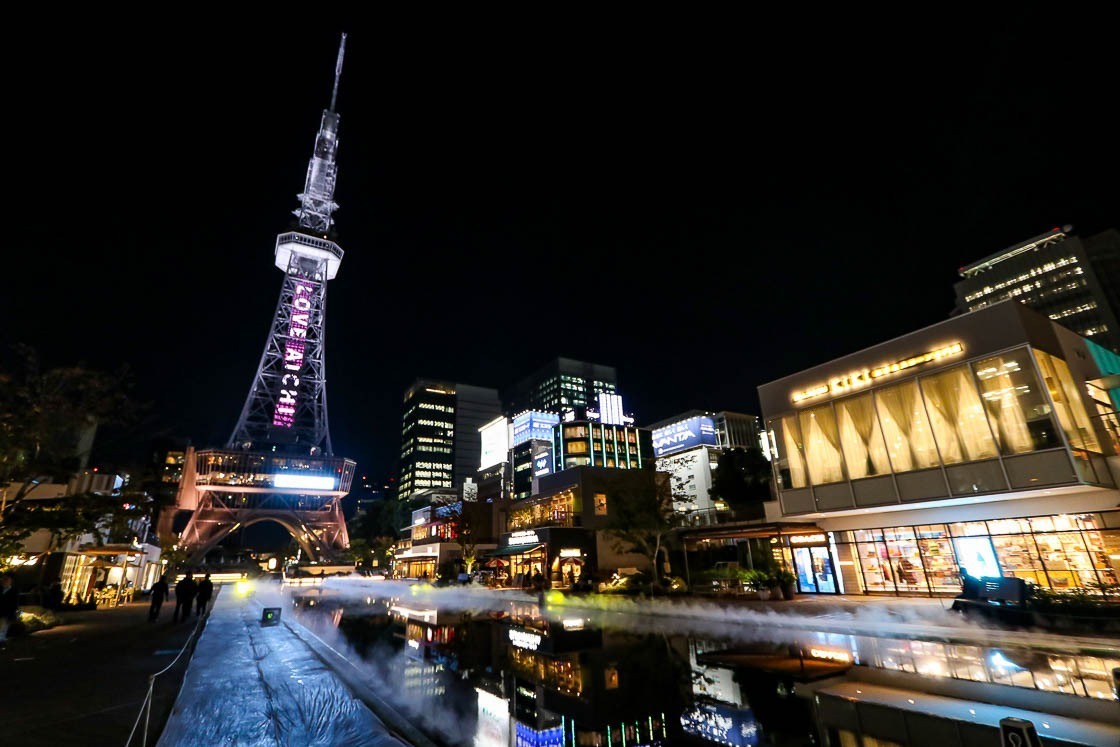
Ise
The Ise Shrines or Ise Jingu in Japanese are the most sacred shrines in Japan and located a 90 minute train ride south of Nagoya in Mie Prefecture. Made up of the Outer and Inner Shrines, Ise Jingu has been visited by pilgrims and worshipers for centuries. Oharaimachi, the traditional approach to the Inner Shrine, is lined with stores offering tired travelers nourishing food, a place to rest, treats and souvenirs to bring home.
Today, Oharaimachi is a popular place to soak in the traditional atmosphere, and sample the local foods and drinks. On my visit to the Ise Shrines, I spent a few hours visiting the charming Oharaimachi and Okage Yokocho, including visiting one craft beer restaurant directly operated by the brewery and one sake brewery.
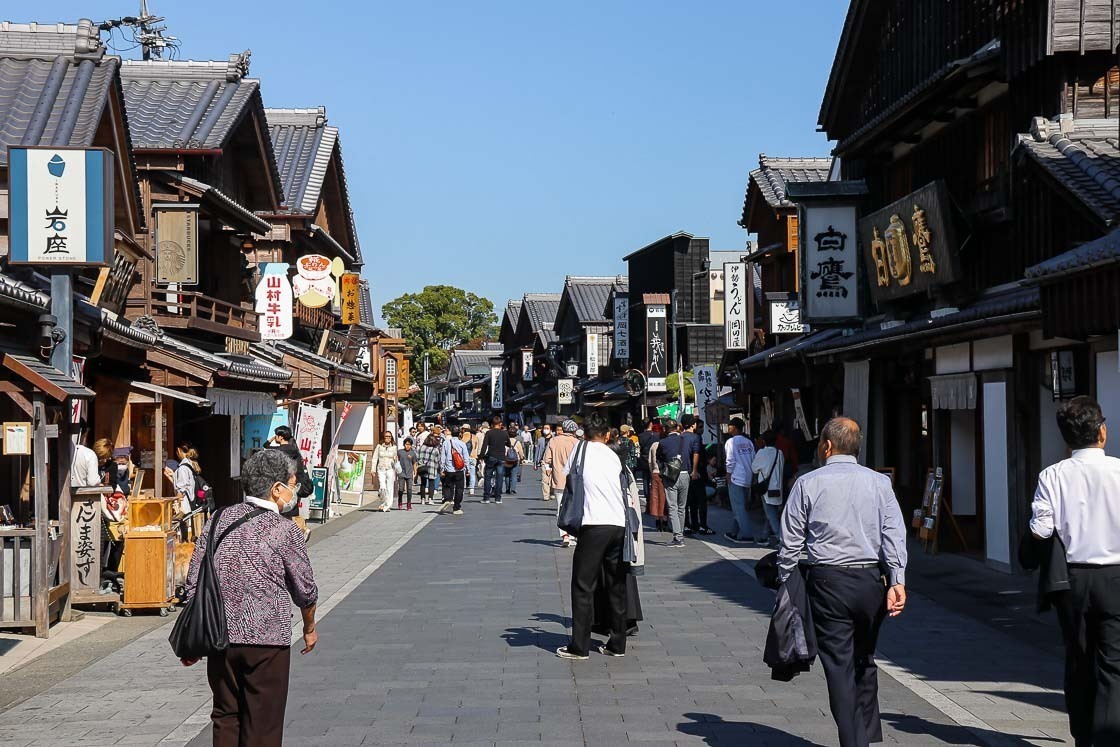
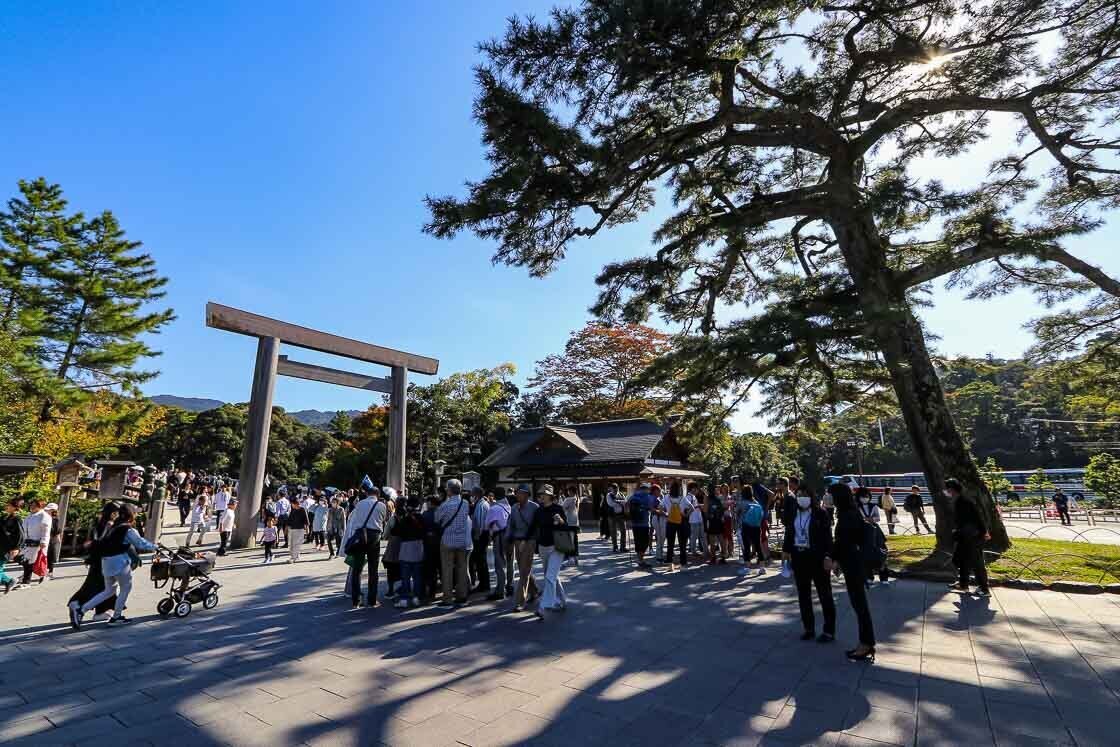
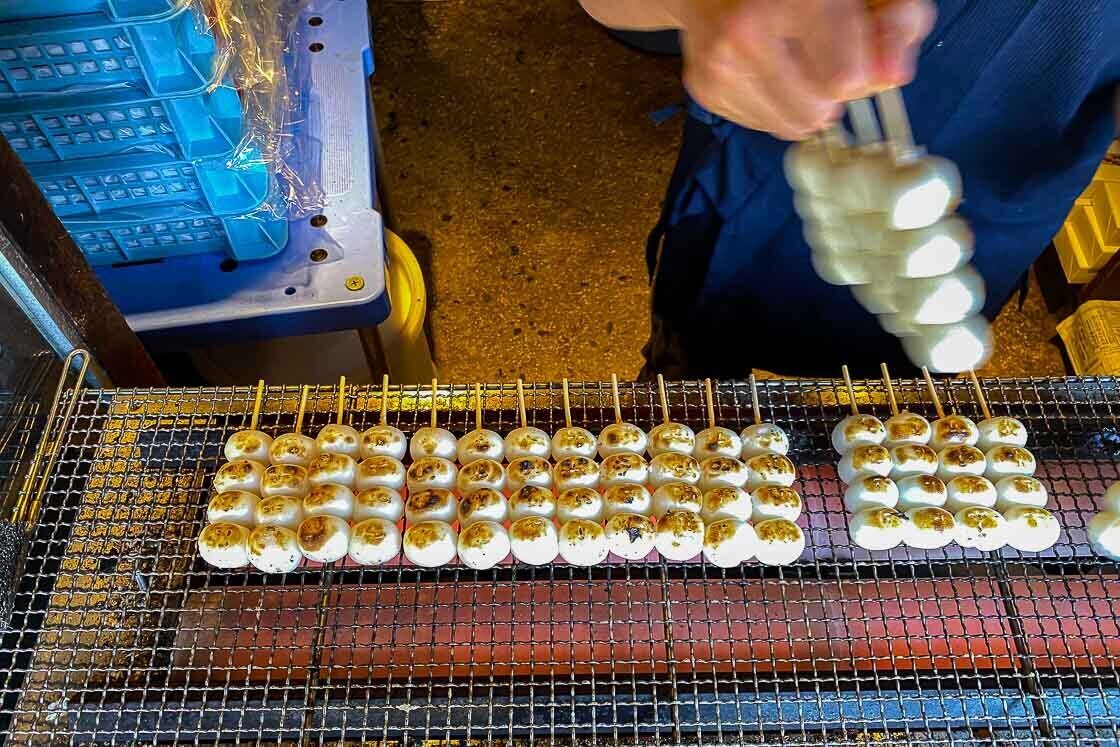
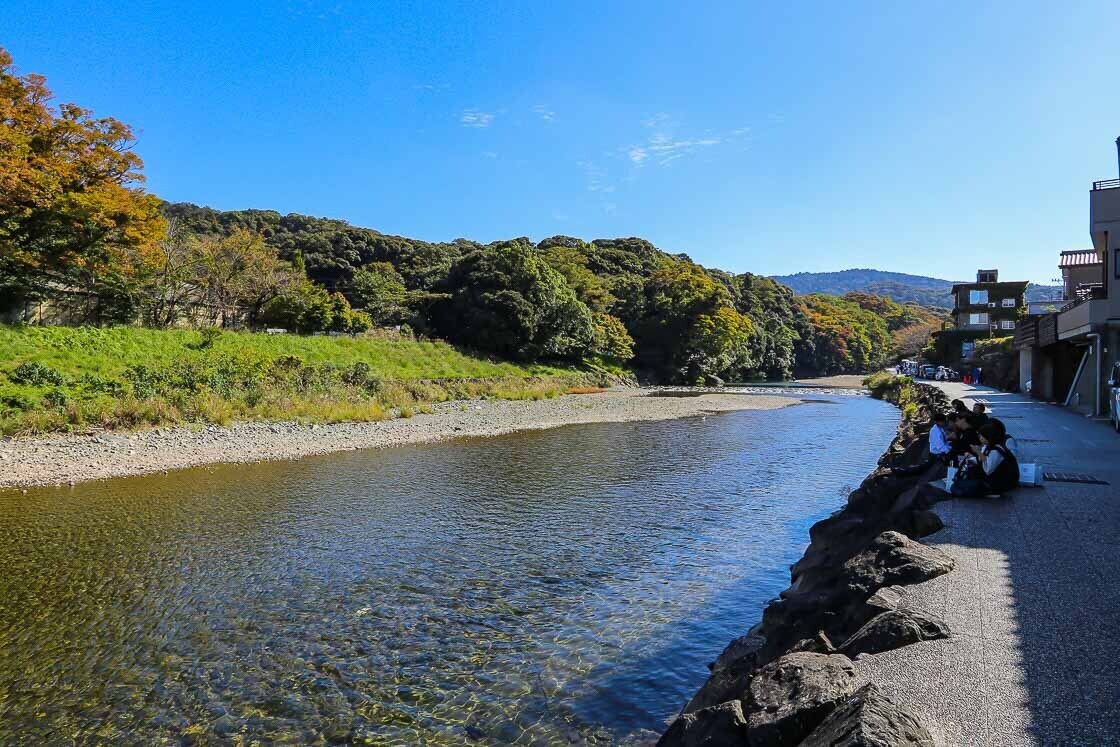
Ise Kadoya Bakushu and Isekado beer
Established in 1575, Ise Kadoya is a family business that provided visitors to Ise Jingu a place to rest, tea and sweets for over centuries. Making miso and soy sauce was another branch of the business, and over the years, the company expanded on their brewing techniques and switched to craft beer in 1997. Their craft beer label, Isekado, has won numerous awards domestically and internationally since 2001.
The Ise Kadoya Bakushu shop along the main street of Oharaimachi is a popular pit stop for visitors looking to get a drink and some street food. Their beer counter at the front of the shop runs a brisk business selling a selection of Isekado beer on tap and oyster bites, while their restaurant offers visitors a calm oasis to enjoy a meal and drink away from the crowds on the main street.
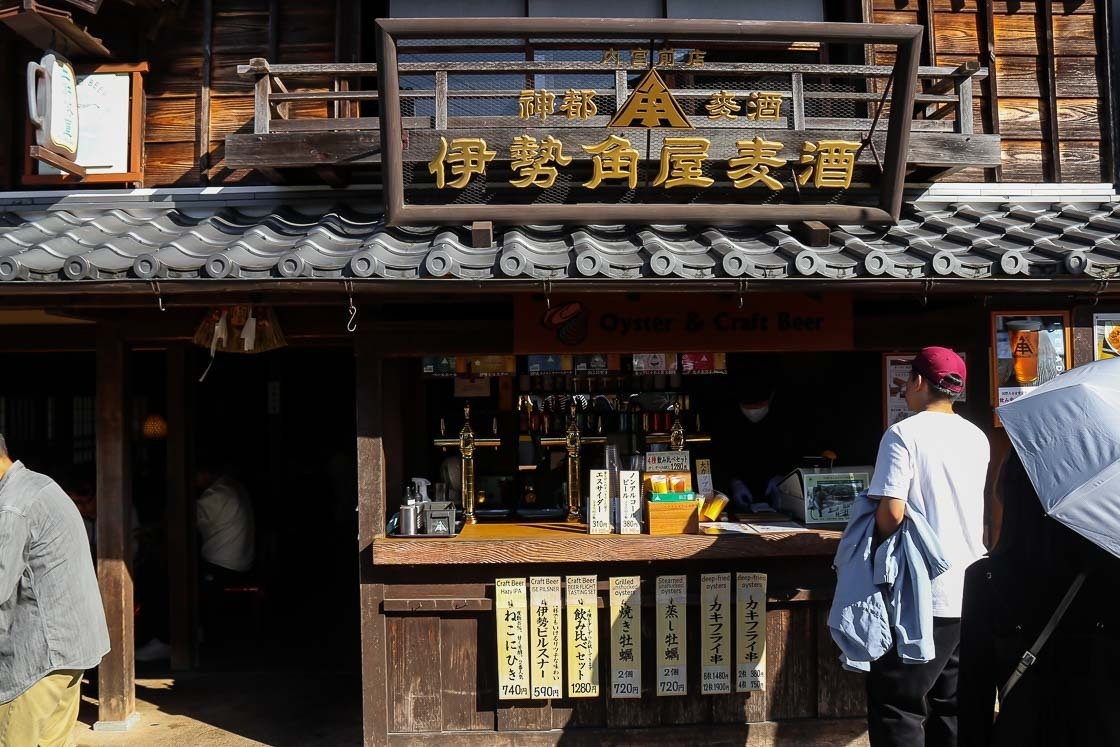
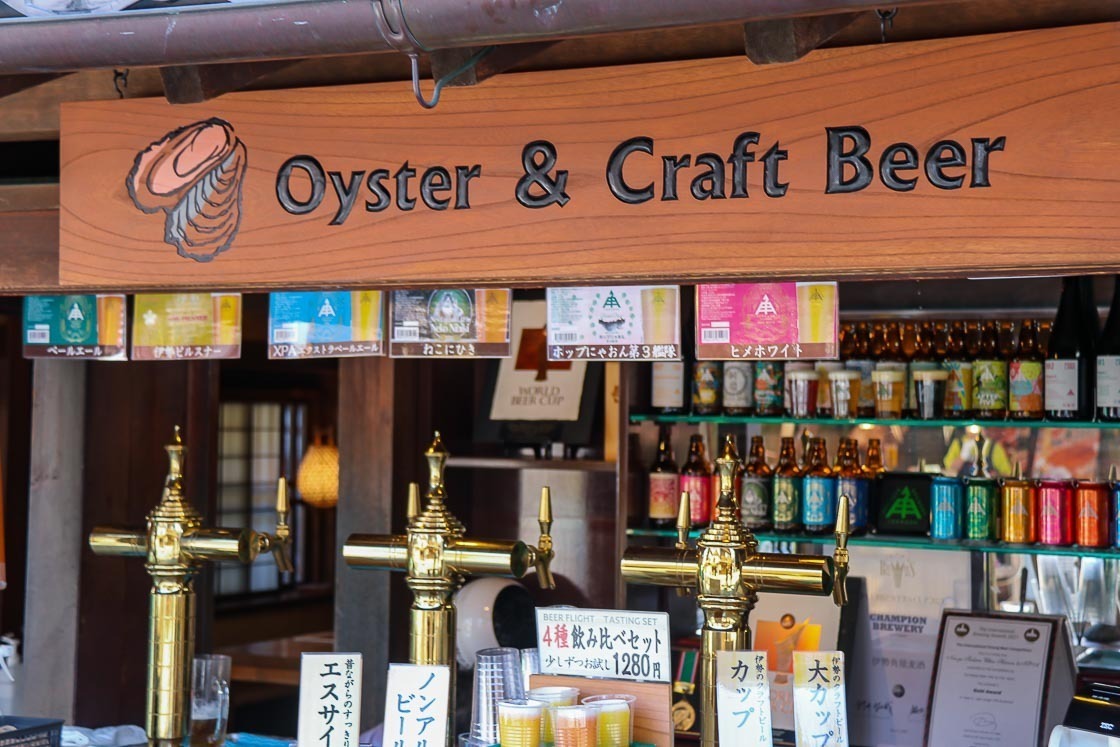
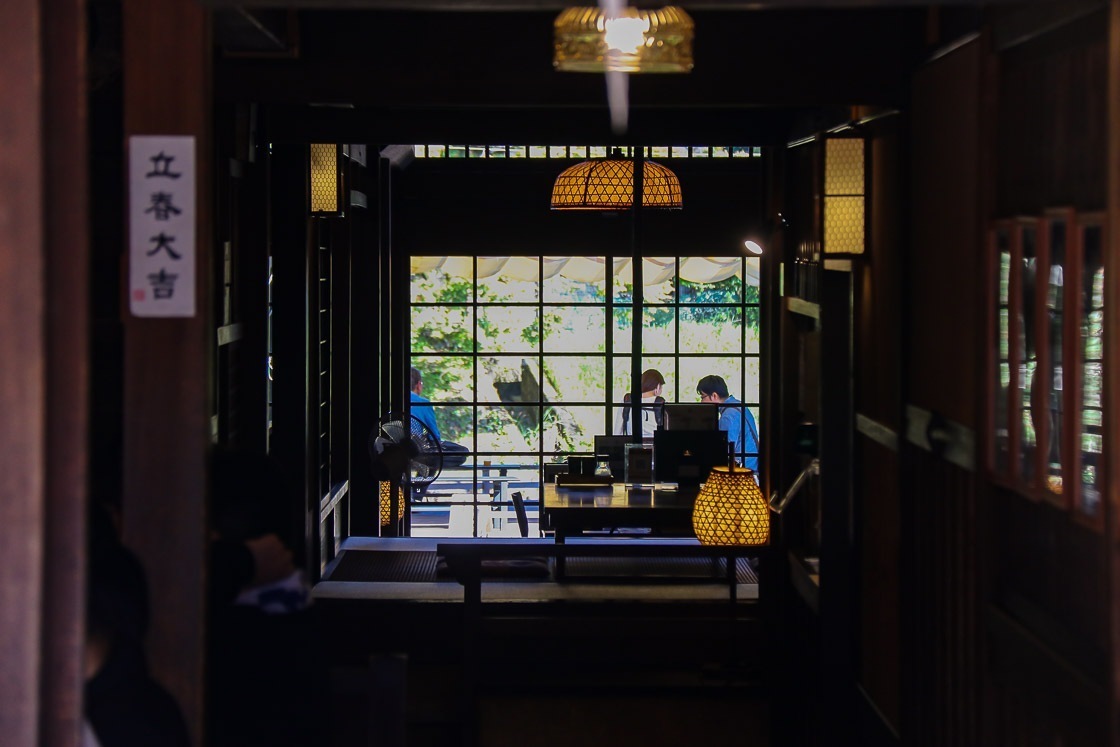
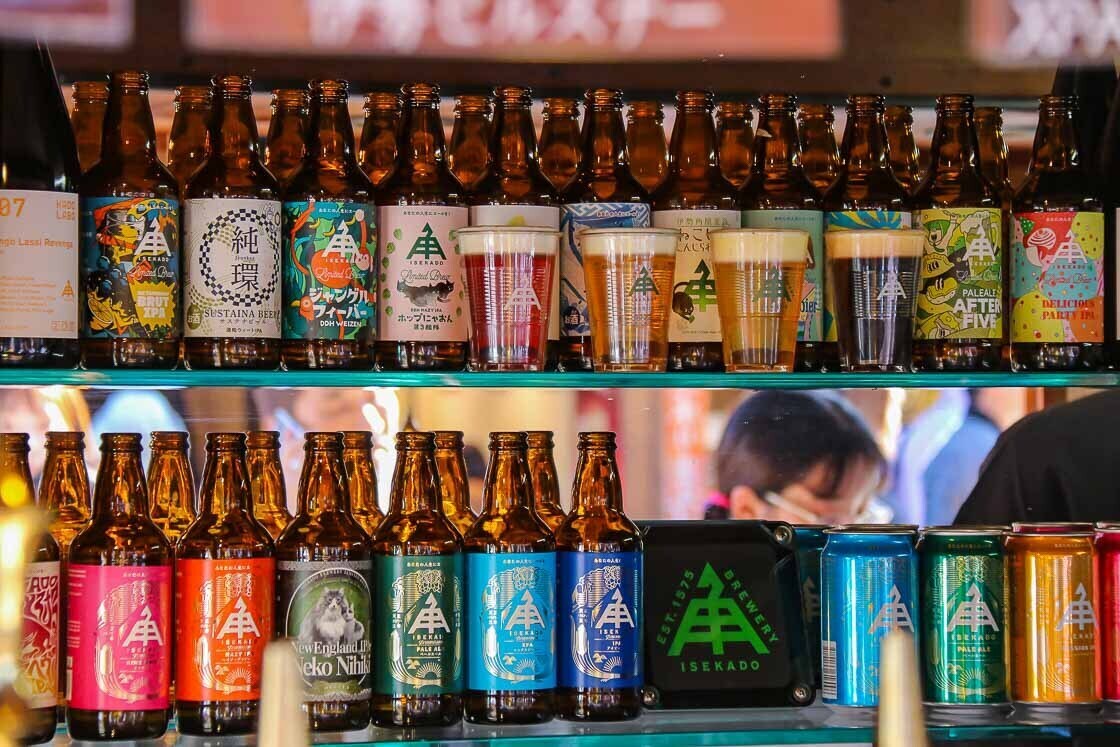
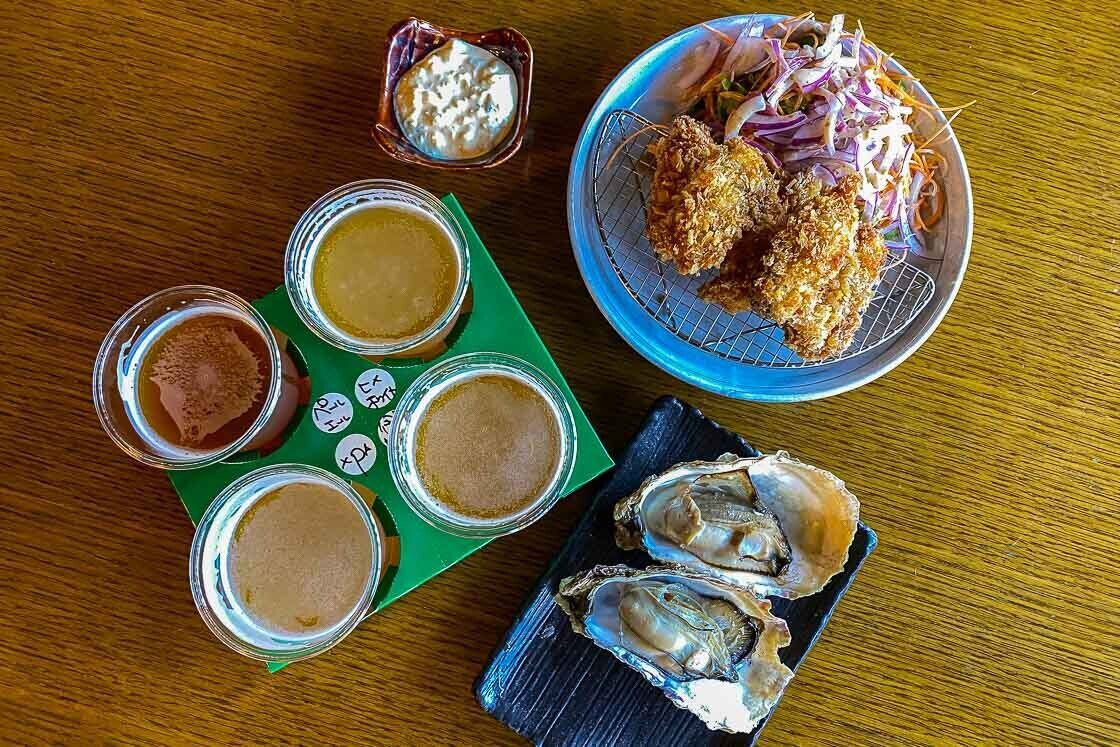
Iseman Naikumae Brewery
Also along the main street of Oharaimachi is Iseman, the only one in the Ise Shima region. Japanese sake has been produced since ancient times, but it was used mostly for religious purposes. Sake at its essence is an alcoholic drink made from fermented rice, and its key ingredients are water, rice, koji mold and yeast. The sake we know today dates back to the 18th century when the advancements of brewing techniques led to major improvements in flavor, and its usage spread from religious purposes to drinking for leisure.
Sake brewing at Iseman happens behind the shop space, and due to the size of the small brewery, each batch of sake comes in limited quantities and are sold only at the brewery shop or at selected liquor stores in the Ise Shima region. While we can’t tour the brewery and observe the brewing process, we can go for the paid samples to taste some of the sake made on the premises.
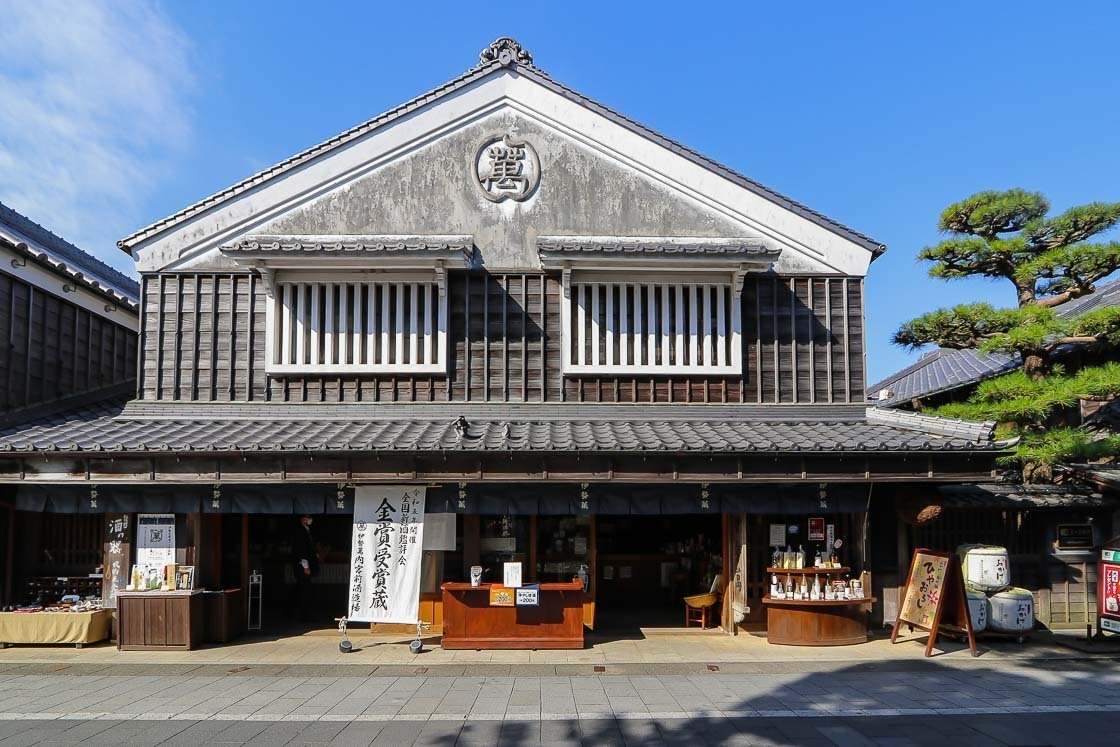
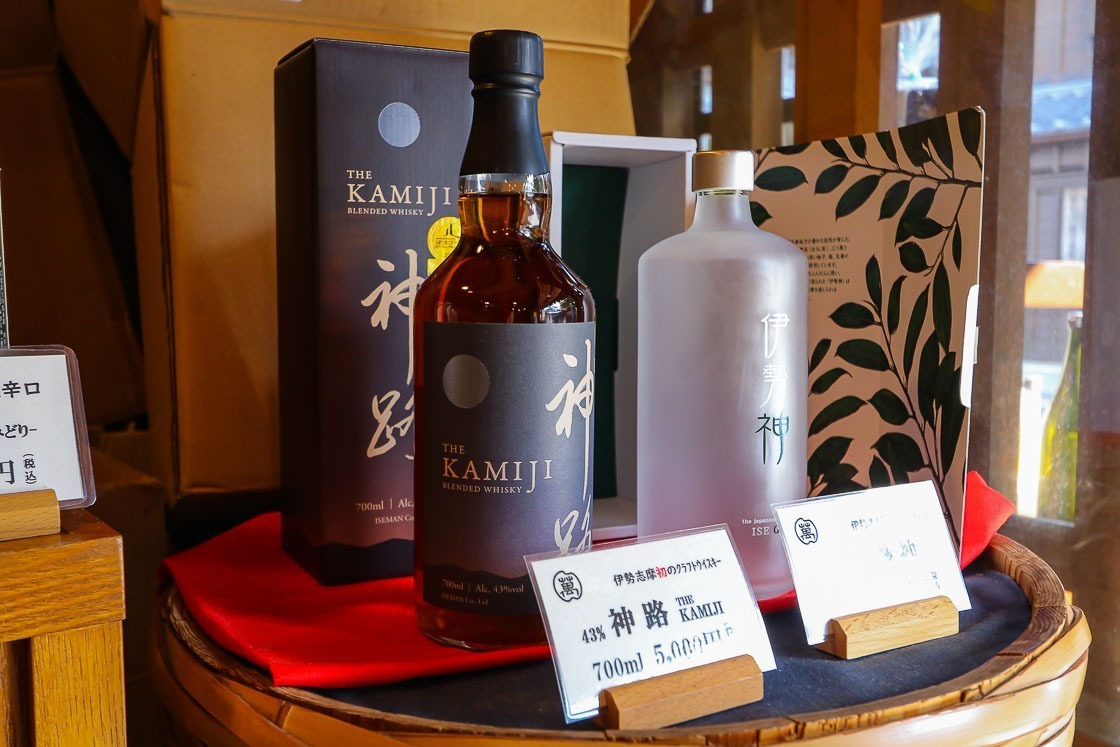
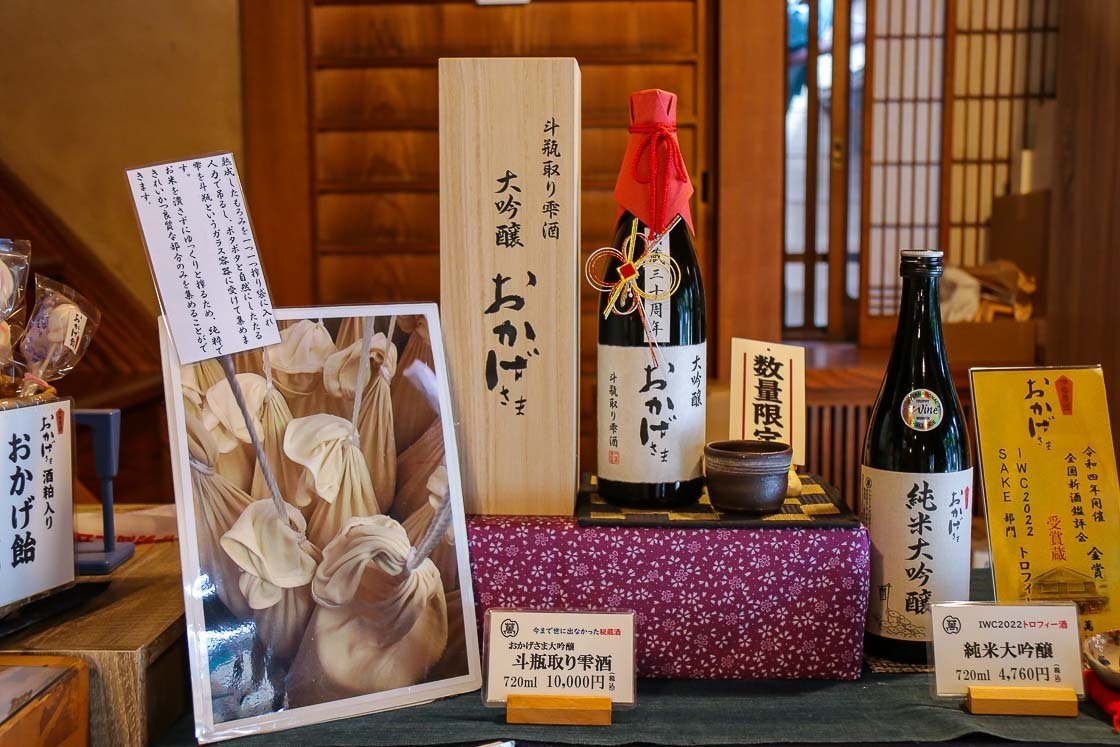
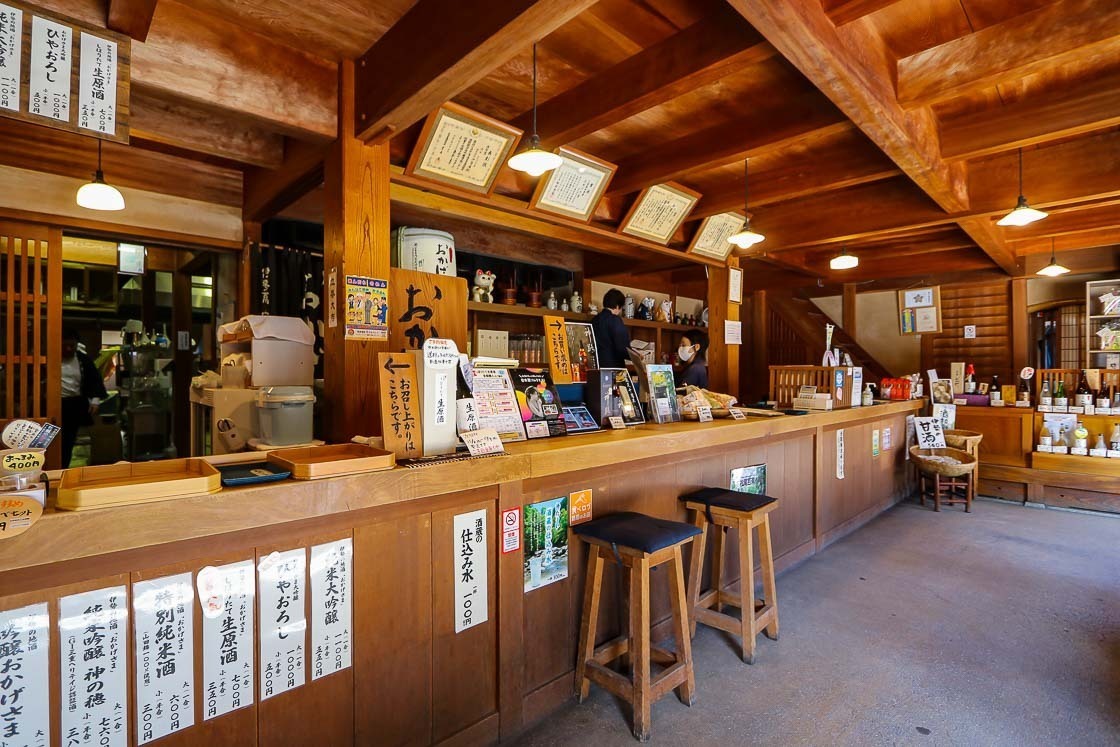
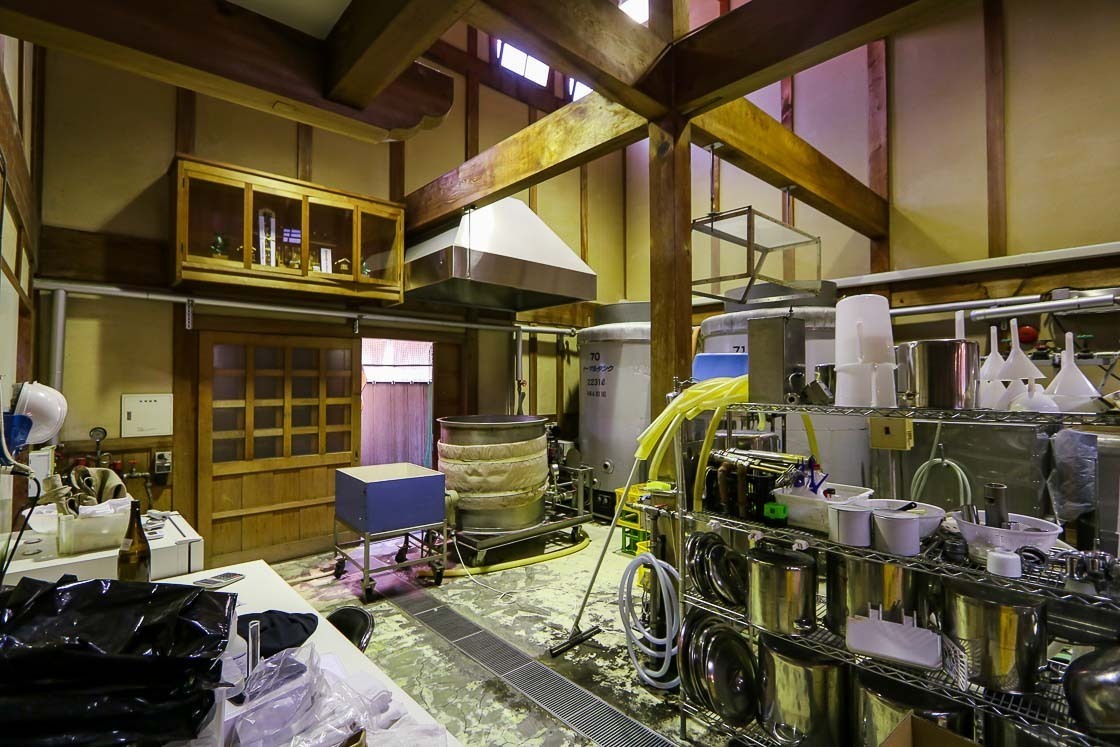
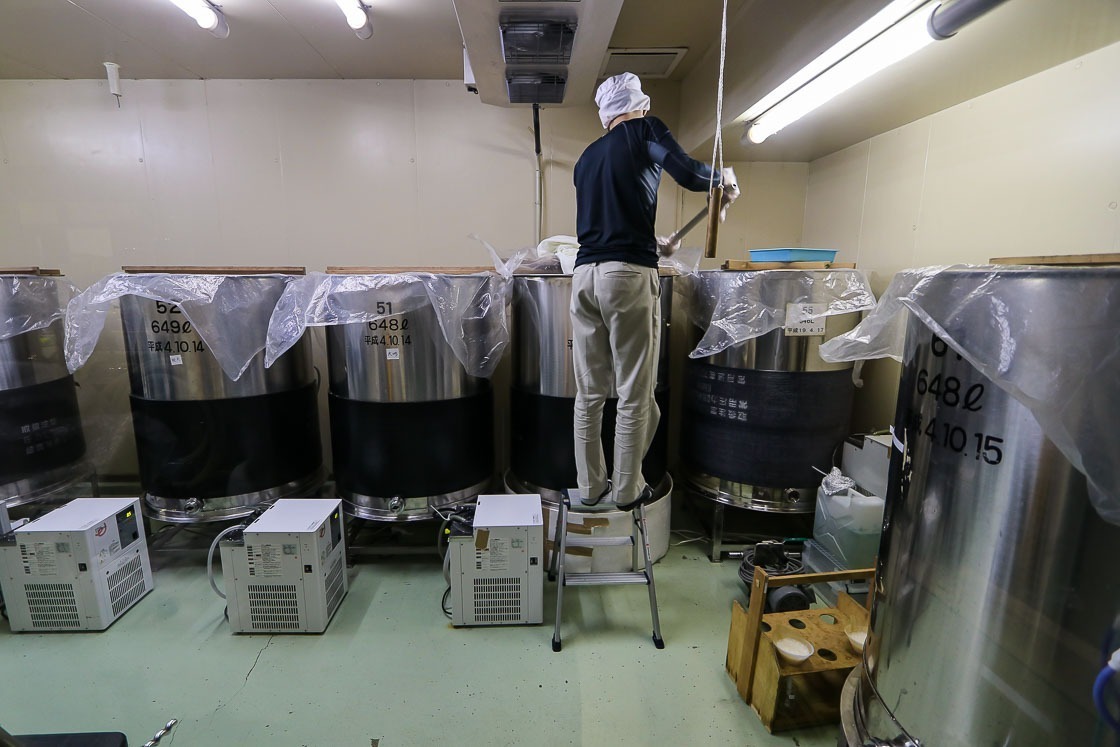
Gujo Hachiman
About three hours north of central Nagoya by train is Gujo Hachiman, a small riverside town situated at the confluence of two major rivers in the middle of Gifu Prefecture and surrounded by mountains. The small town has an abundance of clean, clear waters earning it a spot in one of the 100 best water villages in Japan, and consequently makes it a suitable place to brew various kinds of alcohol. The town is also famous for being the birthplace and the largest producer of food samples, which are the fake food replicas seen in many-a store window.
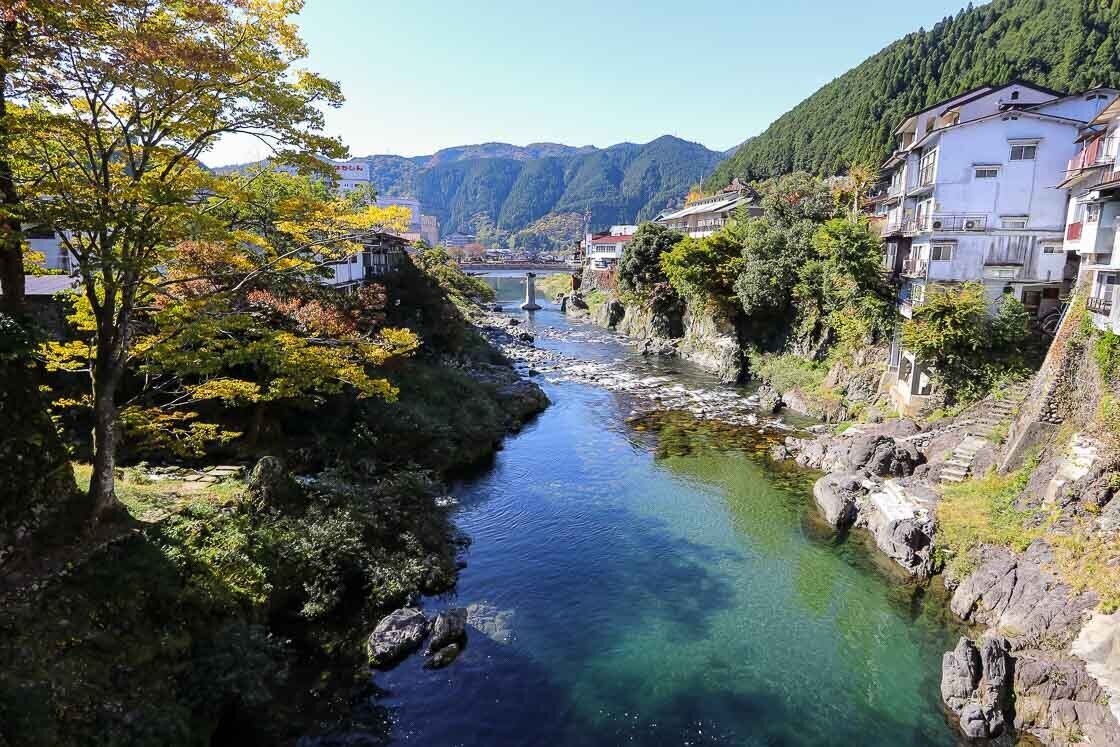
Gujo Hachiman Bakushu Cobocobo beer
Gujo Hachiman Bakushu Cobocobo is a small craft beer brewery located in repurposed traditional merchant house along the town’s main street. In addition to the brewery, the generously sized merchant house or machiya contains an izakaya restaurant, an office as well as a design studio.
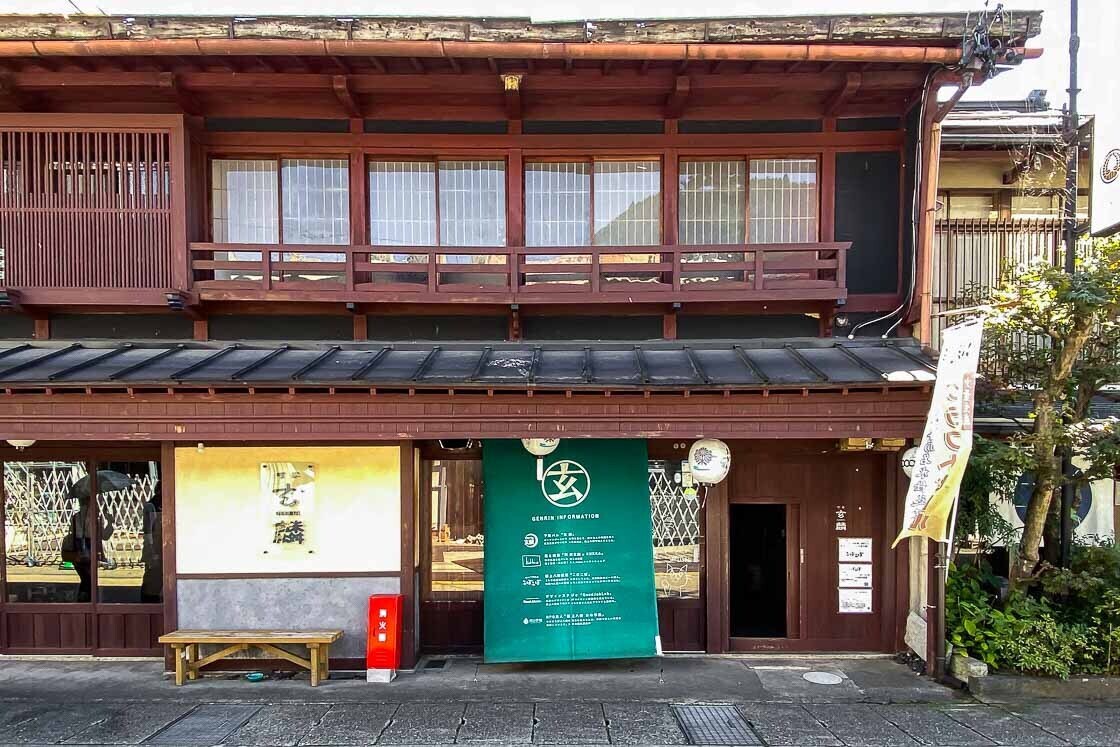
Matsumoto-san, the owner of Cobocobo, moved to Gujo Hachiman to establish his microbrewery because of the region’s good quality water. It takes about a month to make a basic batch of beer, and depending on type, the beer gets left to mature further. Cobocobo has a repertoire of around 15 varieties of beer, including seasonal and aged ones. On the weekends and public holidays, the small Cobocobo bar is open for visitors to enjoy draft beer or buy bottles of Cobocobo beers.
Unlike the other breweries that I visited in Nagoya and Ise, the Cobocobo brewery is better labeled as a microbrewery. The brewing is done in the tiny basement under the tasting counter, and visitors are welcome to peep into the space from behind a windowed door.
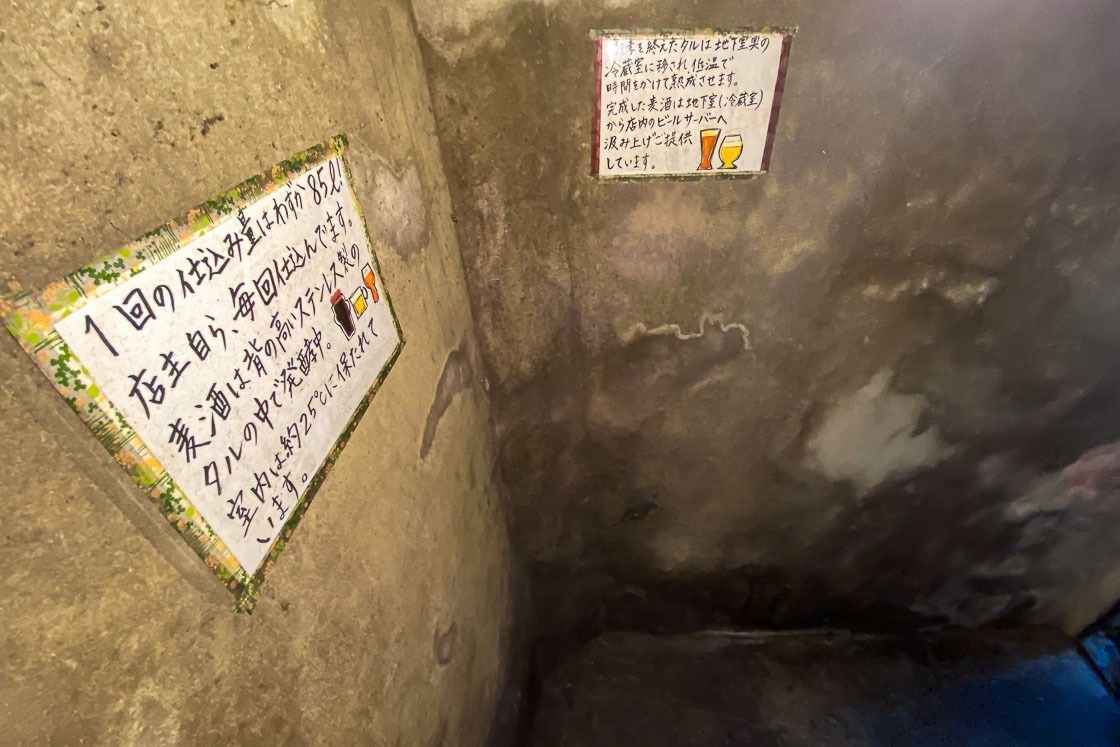
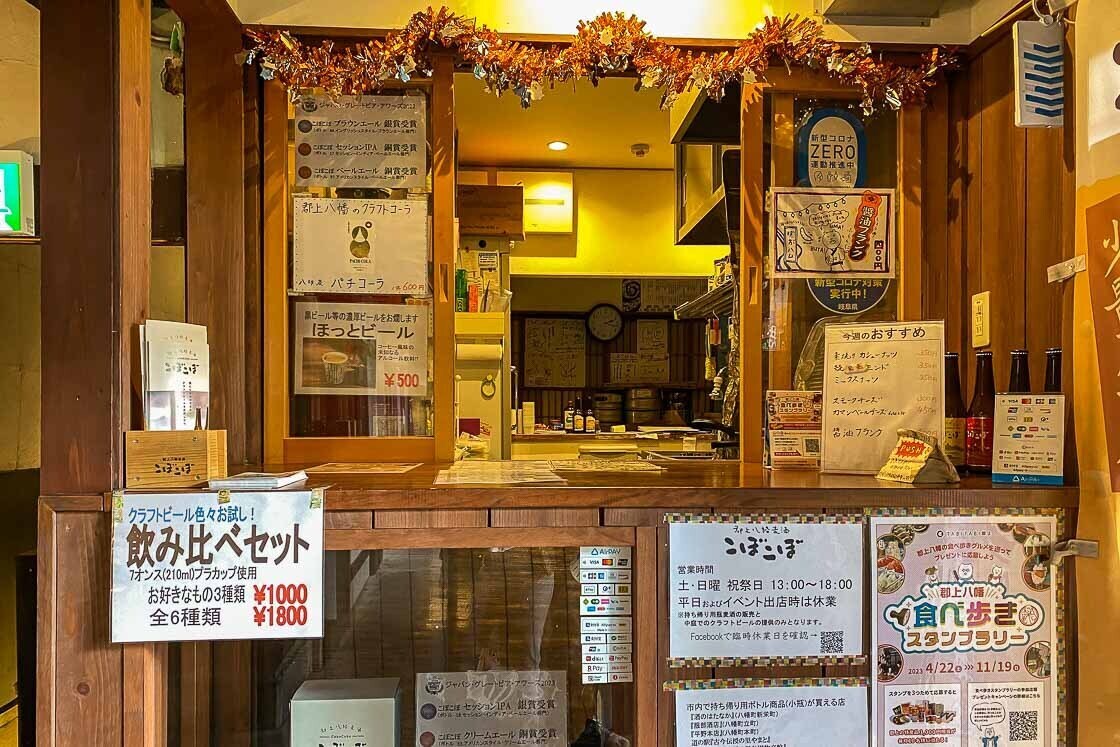
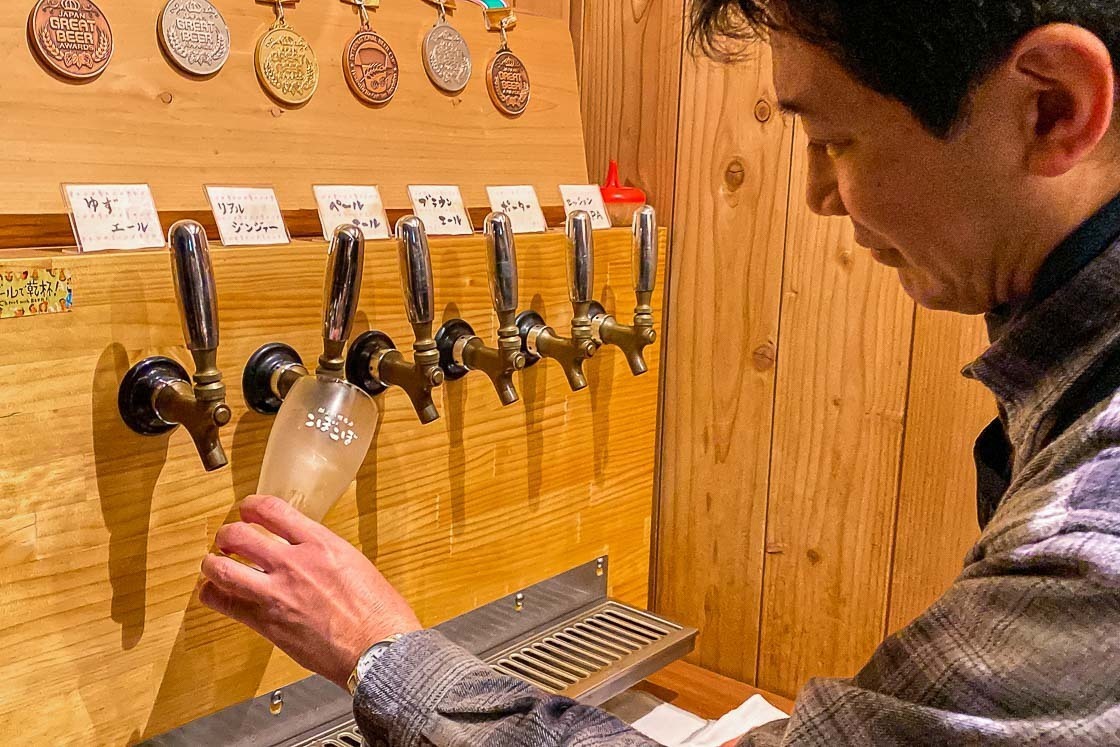
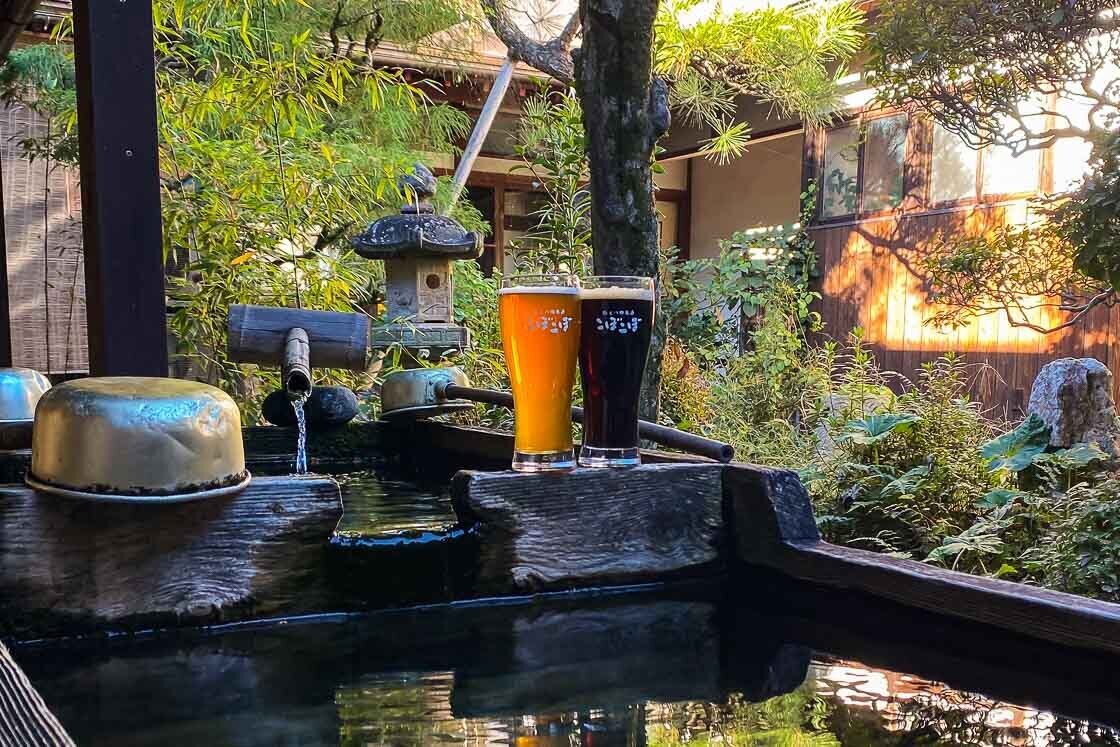
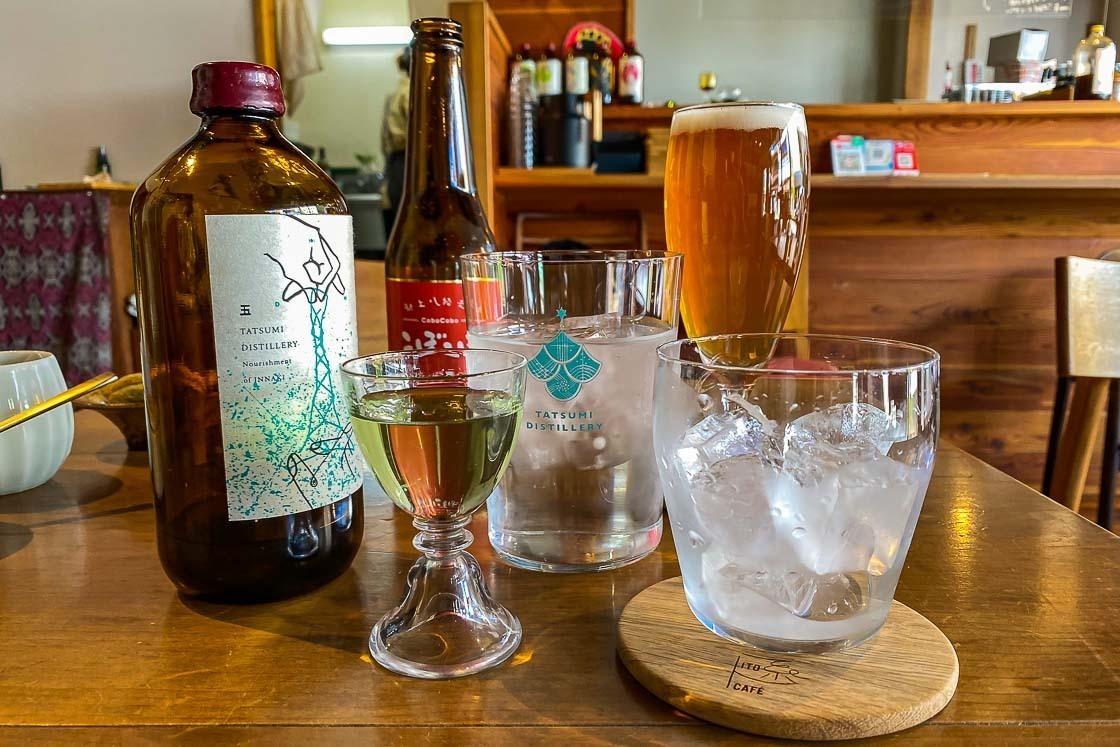
Hirano Jozo sake
Hirano Jozo is a sake brewery approximately 15 minutes by train from central Gujo Hachiman. The water source where the brewery is located has been celebrated for its good quality for centuries, and is used in all parts of the sake making process at Hirano Jozo. Brewery tours are offered at Hirano Jozo, and I made reservations for one.
Depending on time and period of visit, not all the sake making processes can be seen during the tour. The following is a general guideline of how sake is made.
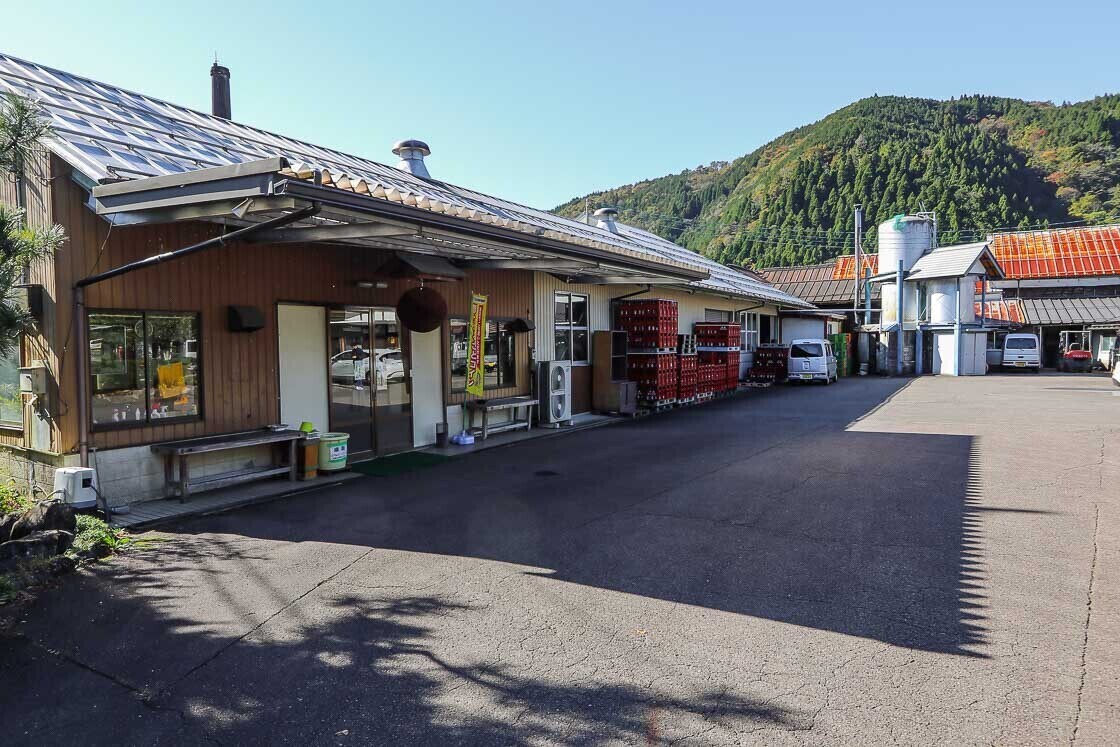
Rice is first polished and then steamed. A portion of rice is mixed with koji mold to make koji rice. A starter mash containing koji rice, yeast and water is made and added to the main mash, which contains steamed rice, koji rice and water. Additional steamed rice, koji rice and water are typically added to aid with yeast fermentation. The ingredients are combined and left to ferment. After the fermentation is completed, the mash is pressed and filtered to separate the liquid from the solids. The liquid is sake, while the solids are sake lees. From there, sake is left to mature before being bottled and treated.
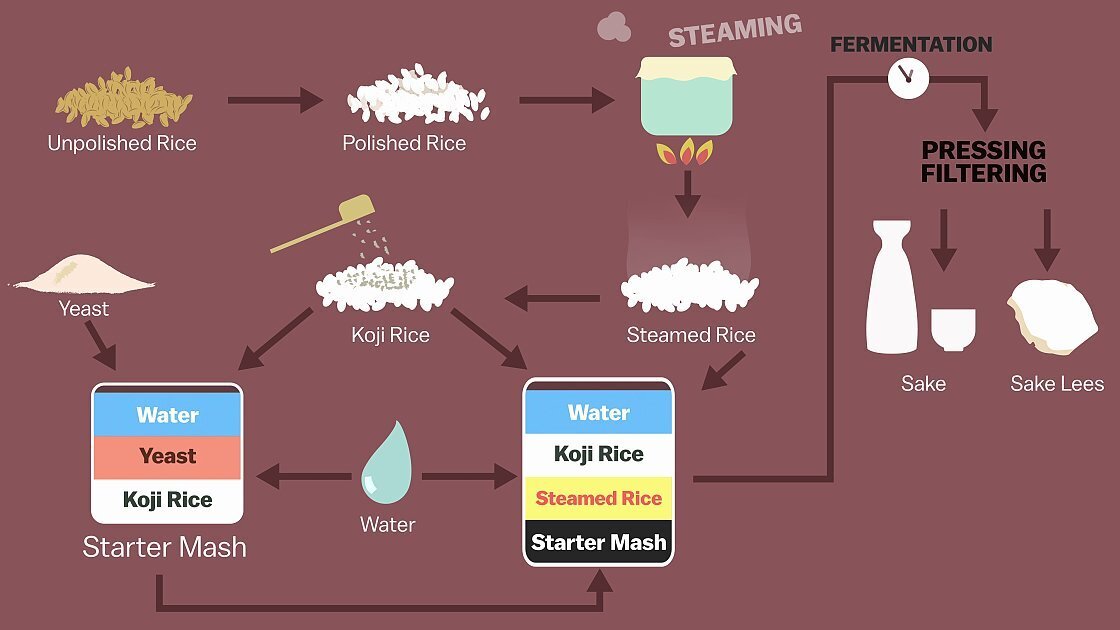
A typical sake brewery tour follows roughly the making process, and on my tour, I got to see the rice steamer, the koji room, and the fermentation tank room. During the tour, I was told that the scenery in winter is more atmospheric, when the heat from the steamed rice and brewery works causes vapors to rise from the snow covered ground, and when the whole scene is bathed in the morning sunshine. My tour ended with sake tasting at the shop. Note that sake tasting is available regardless of brewery tour participation.
Additionally I learned that there were special events at the brewery that visitors could attend and experience like the annual celebration of the first batch of sake for the season, which typically happens in early December. During that annual event, no prior reservation is required to enter the brewery, paid and free samples of sake is available and of course, bottles of new sake and limited seasonal sake are also available.
A trip to Gujo can be more than making food samples and strolling in an atmospheric quaint town. Be sure to dive into the smaller businesses to meet the locals, uncover some hidden gems and taste the same water in its different roles.
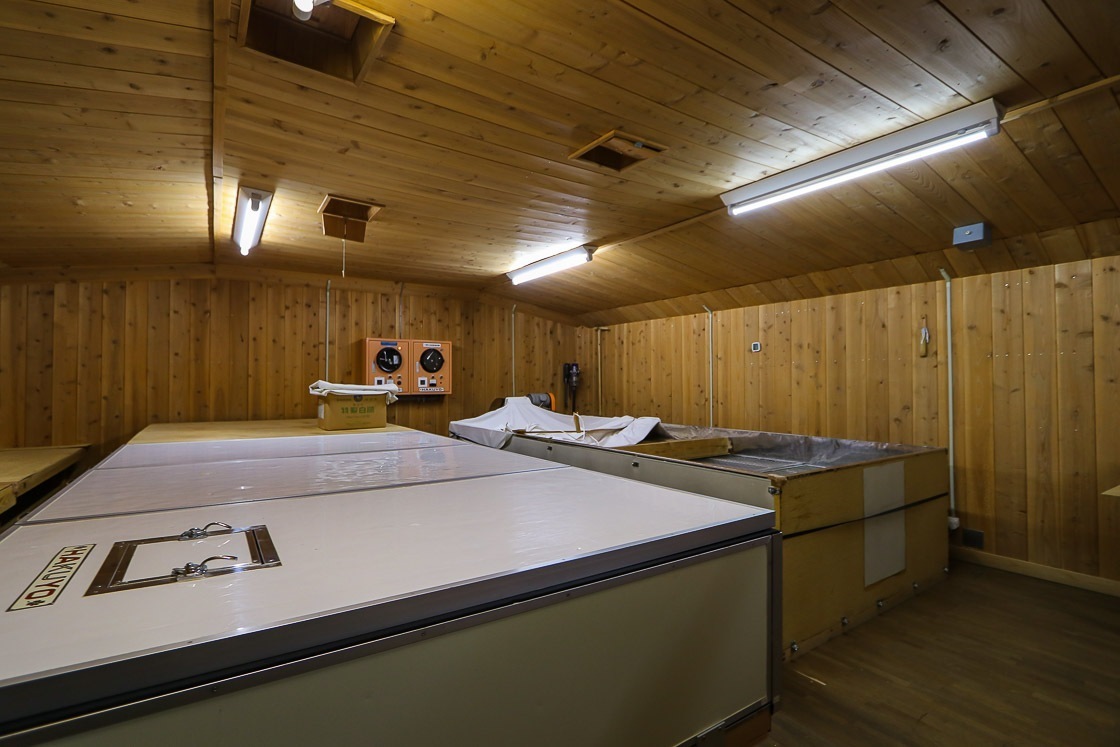
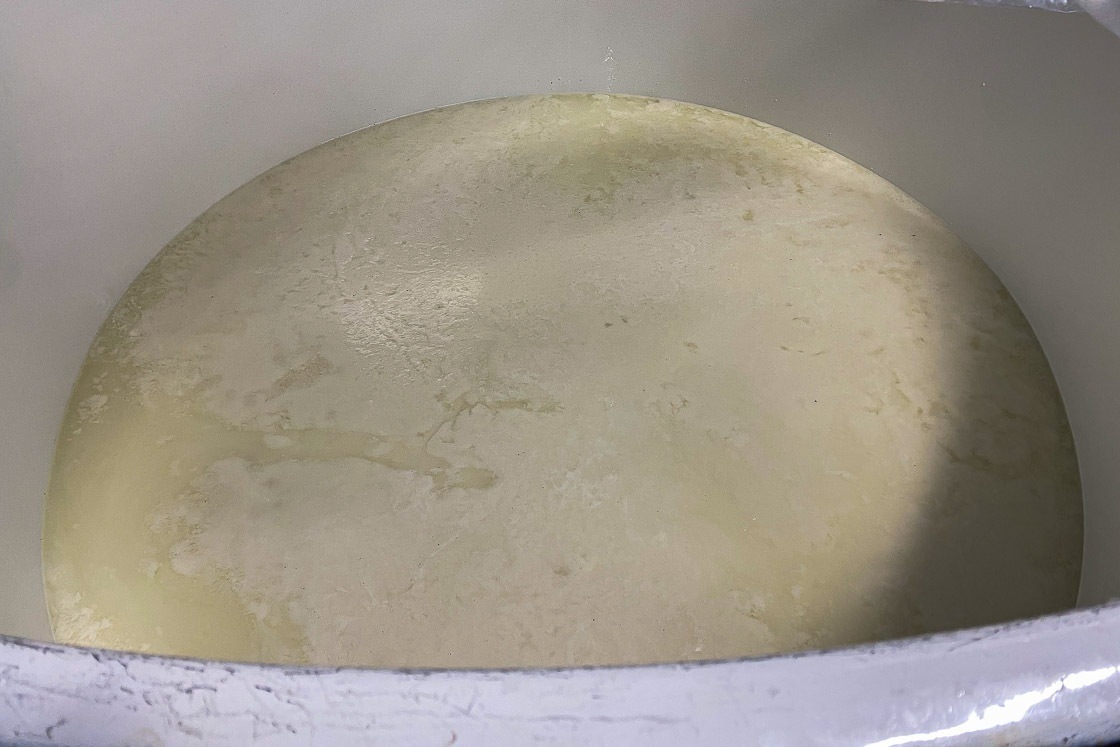
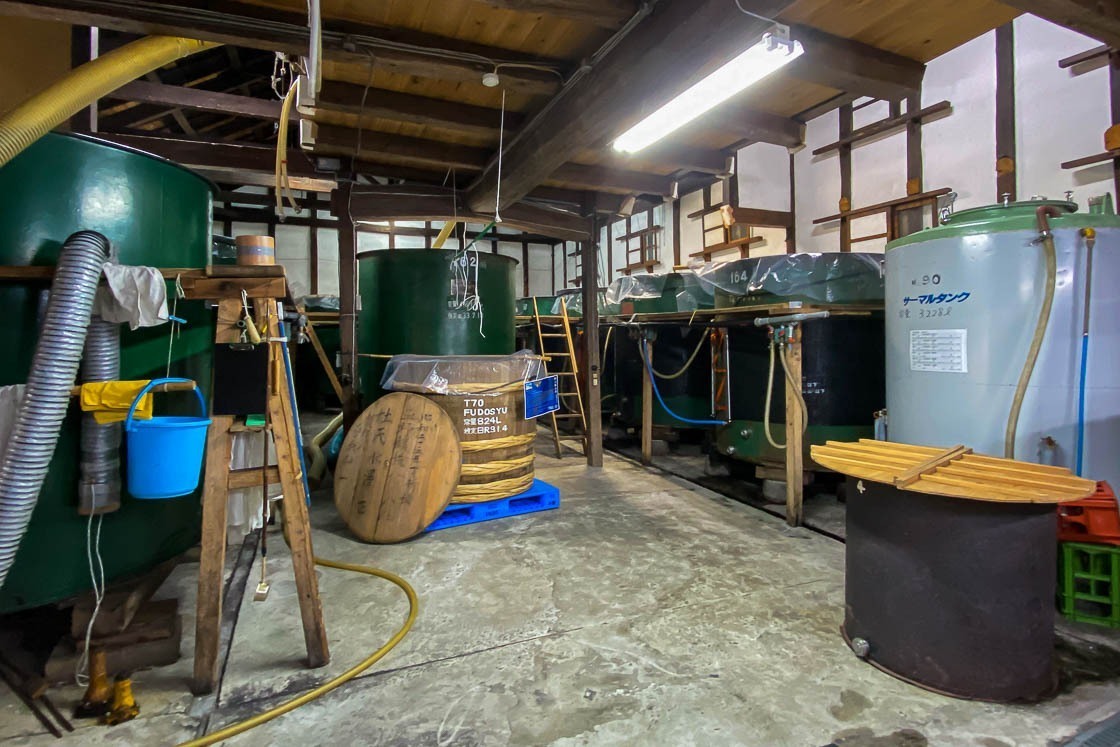
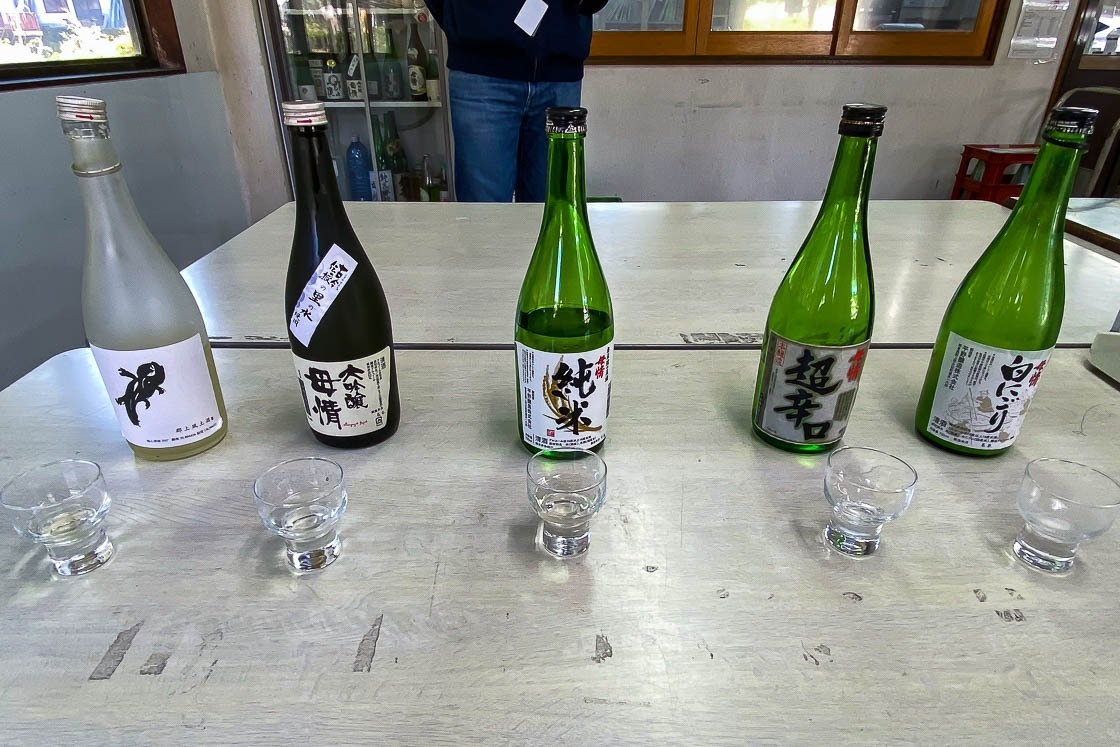
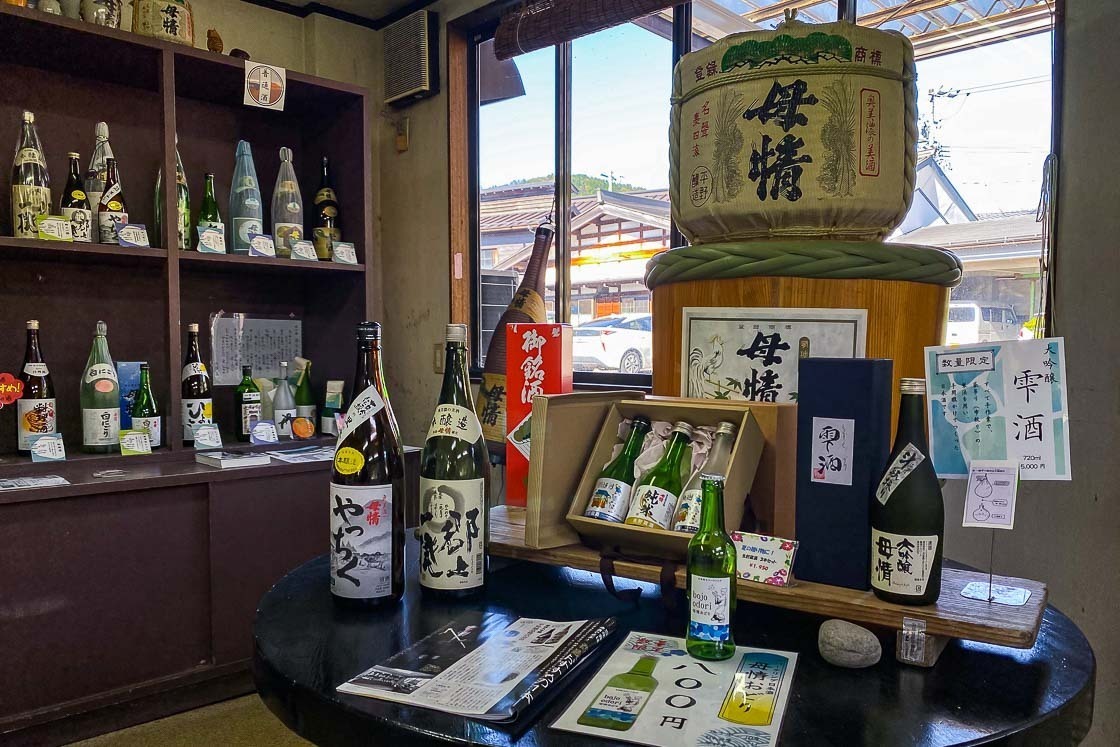
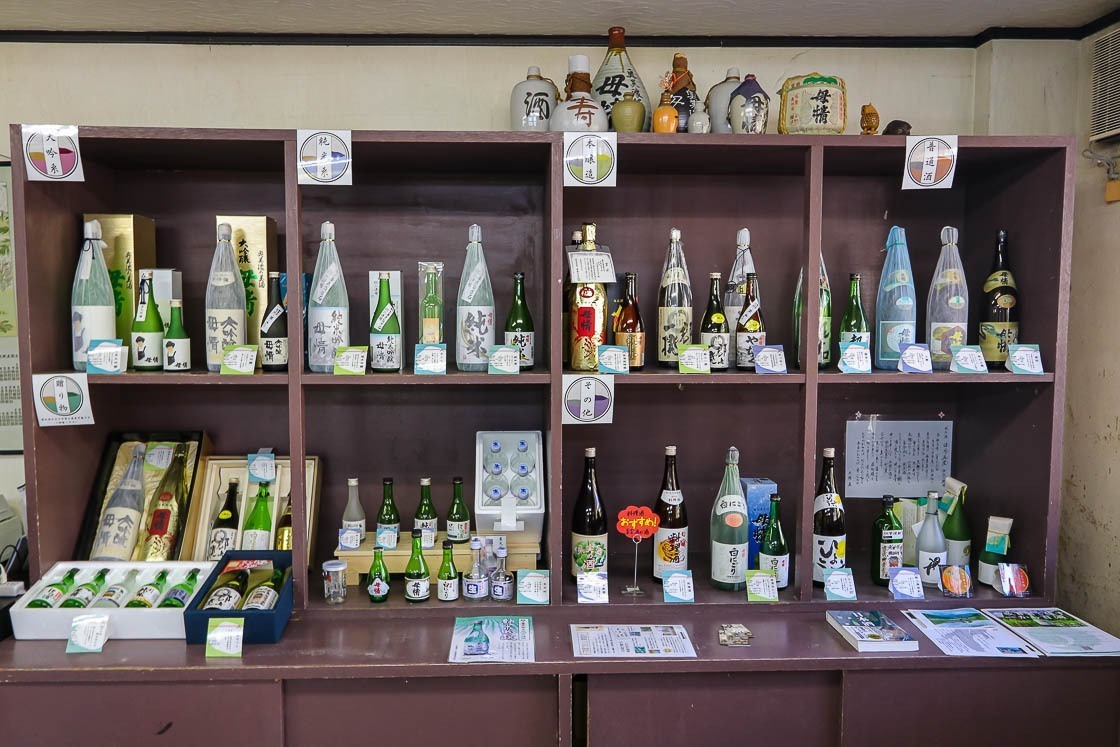
Access
How to get to and around Nagoya
Nagoya Station is one of the major transport hubs in central Japan, and provides direct access to the neighboring prefectures. The station is served by the JR Tokaido Shinkansen, Meitetsu Railway, Kintetsu Railway as well as two of Nagoya’s subway lines. The Tokaido Shinkansen connects Nagoya to Tokyo (around 1.5 hours, about 11,000 yen one way) and Osaka (around 1 hour, about 6,500 yen one way).
Chubu Centrair International Airport is the international airport serving central Japan. From the airport, take the Meitetsu airport express train directly to Nagoya Station (37 minutes, 890 yen one way). Alternatively, take the μSKY (Myu-Sky) limited express train, which makes the same trip between the airport and Nagoya Station in about 28 minutes. An additional 360 yen for a reserved seat is required to take the μSKY.
Handa Red Brick Building
From Nagoya Station, take the Meitetsu Railway in the direction of Kowa and get off at Sumiyoshicho Station (40 minutes, 680 yen one way). The Handa Red Brick Building is about five minutes on foot from the station.
Y.Market Brewing Nagoyanishi Brewery and Taproom
From Nagoya Station, take the Meitetsu Railway in the direction of Inuyama and get off at Kami-Otai Station (10 minutes, 240 yen one way). The Y.Market Brewing Nagoyanishi Brewery and Taproom is an approximately 20 minute walk from the station.
How to get to and around Ise
Take the Kintetsu Railway from Nagoya Station to Iseshi Station (2 hours, 1740 yen one way). Limited express trains by Kintetsu or rapid trains by JR reduce the travel time to about 1.5 hours, and the one way journey costs between 2000 – 3500 yen.
From Iseshi Station, take the bus bound for Naiku and get off at Naiku-mae (15-20 minutes, 470 yen one way). Oharaimachi and Okageyokocho are a few steps from the bus stop.
How to get to and around Gujo Hachiman
Take the JR Hida limited express train from Nagoya Station to Mino-Ota Station (45 minutes, 2190 yen one way for an unreserved seat), then transfer to the Nagaragawa Railway trail bound for Mino-Shirotori and get off at Gujo-Hachiman (80 minutes, 1380 yen one way). The town center is an approximately 20 minute walk from Gujo-Hachiman Station.
Gujo Hachiman Bakushu Cobocobo
The brewery is along the main shopping street of Gujo Hachiman and less than ten minutes on foot from the Gujo Hachiman Jokamachi Plaza bus stop.
Hirano Jozo
From Gujo Hachiman Station, take the Nagaragawa Railway in the direction Hokuno or Mino-Shirotori and get off at Tokunaga (15 minutes, 390 yen one way). Hirano Jozo is five minutes on foot from the station.


